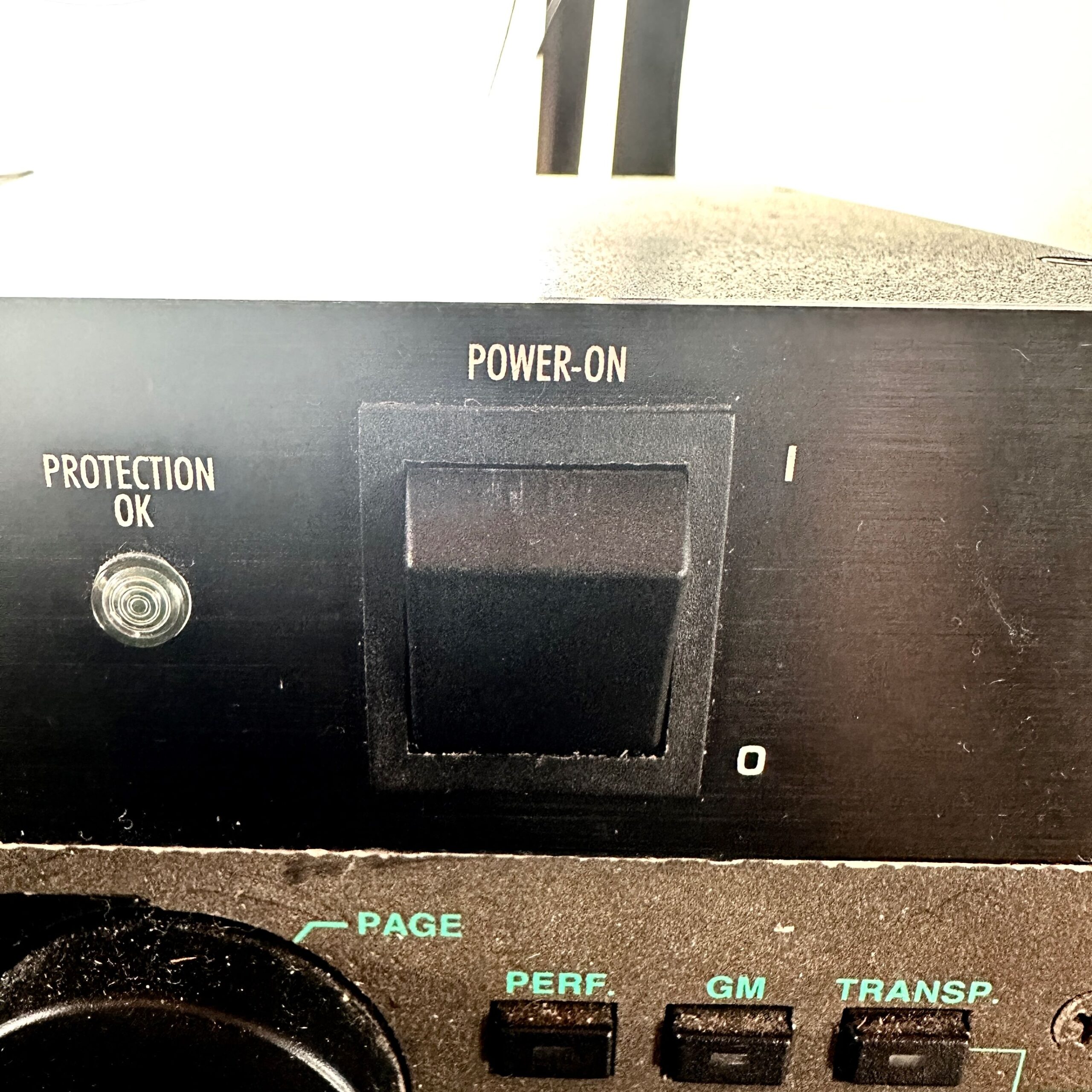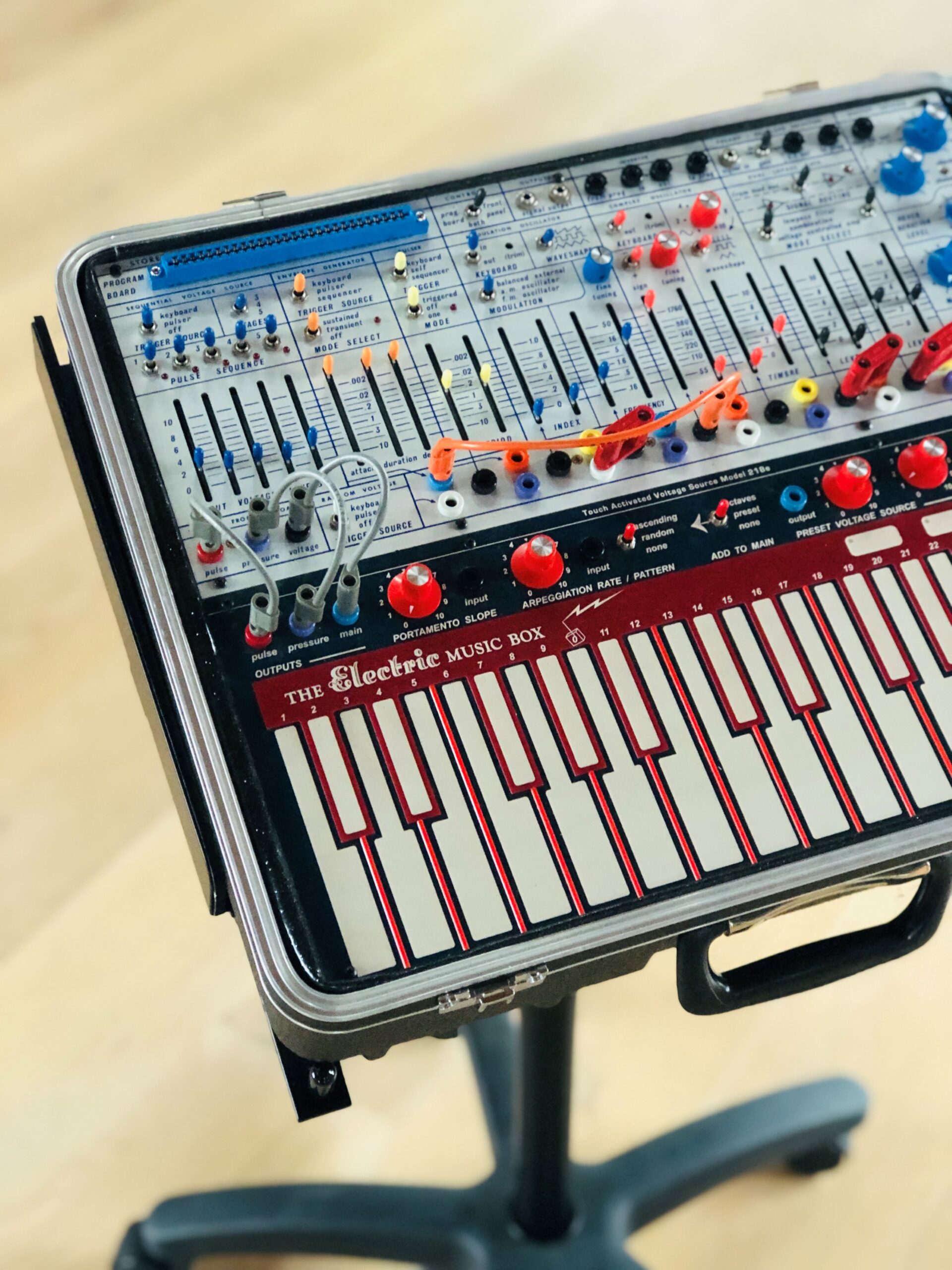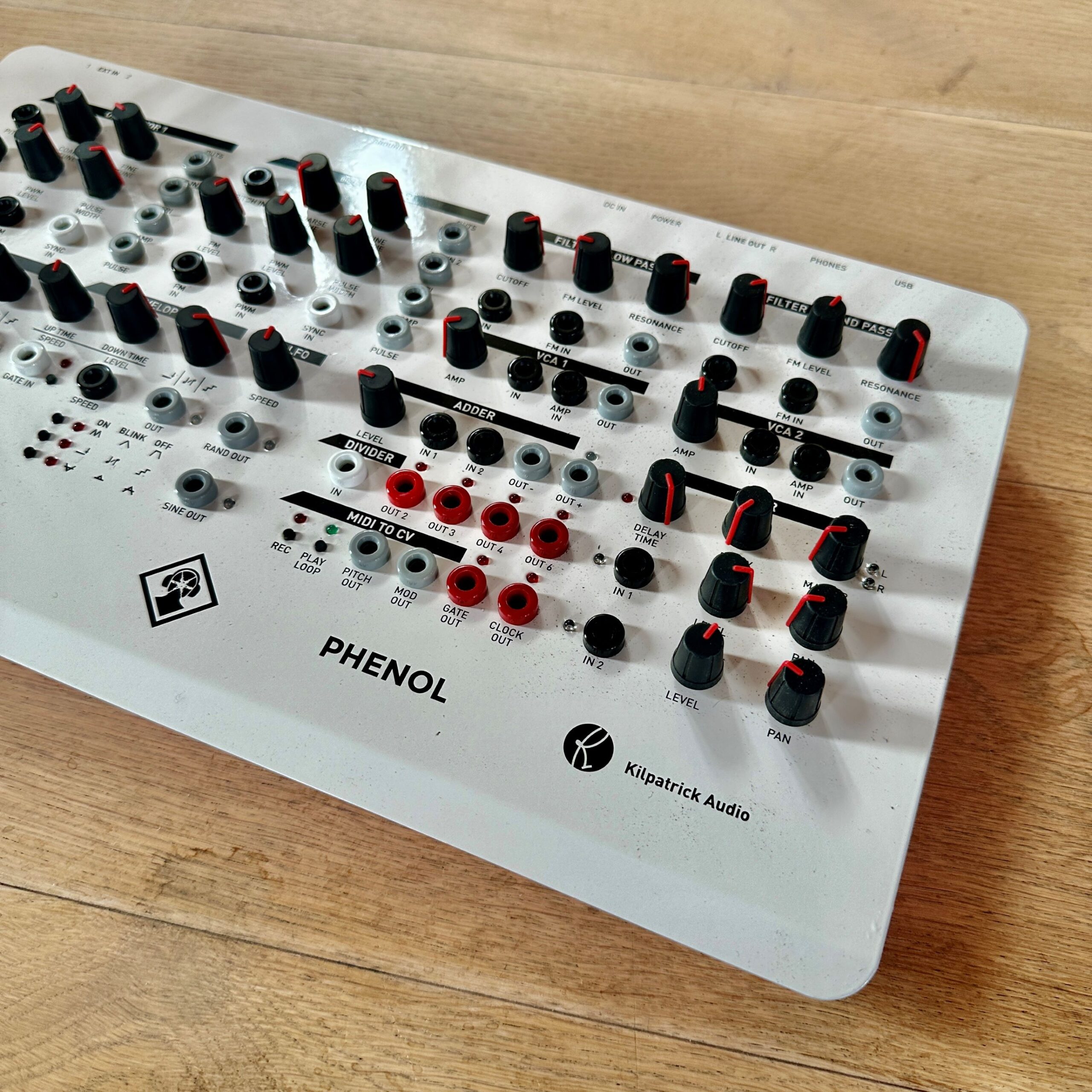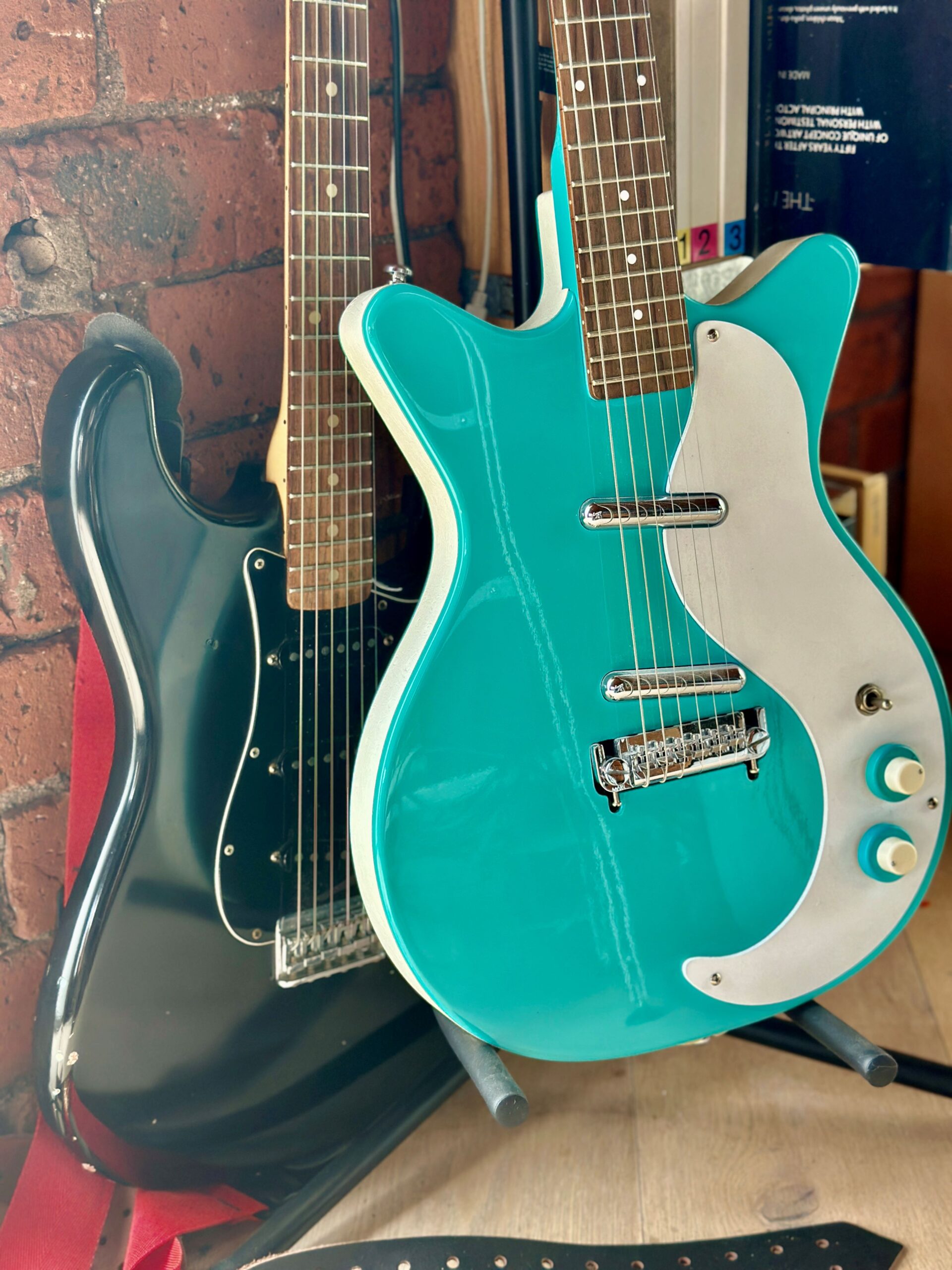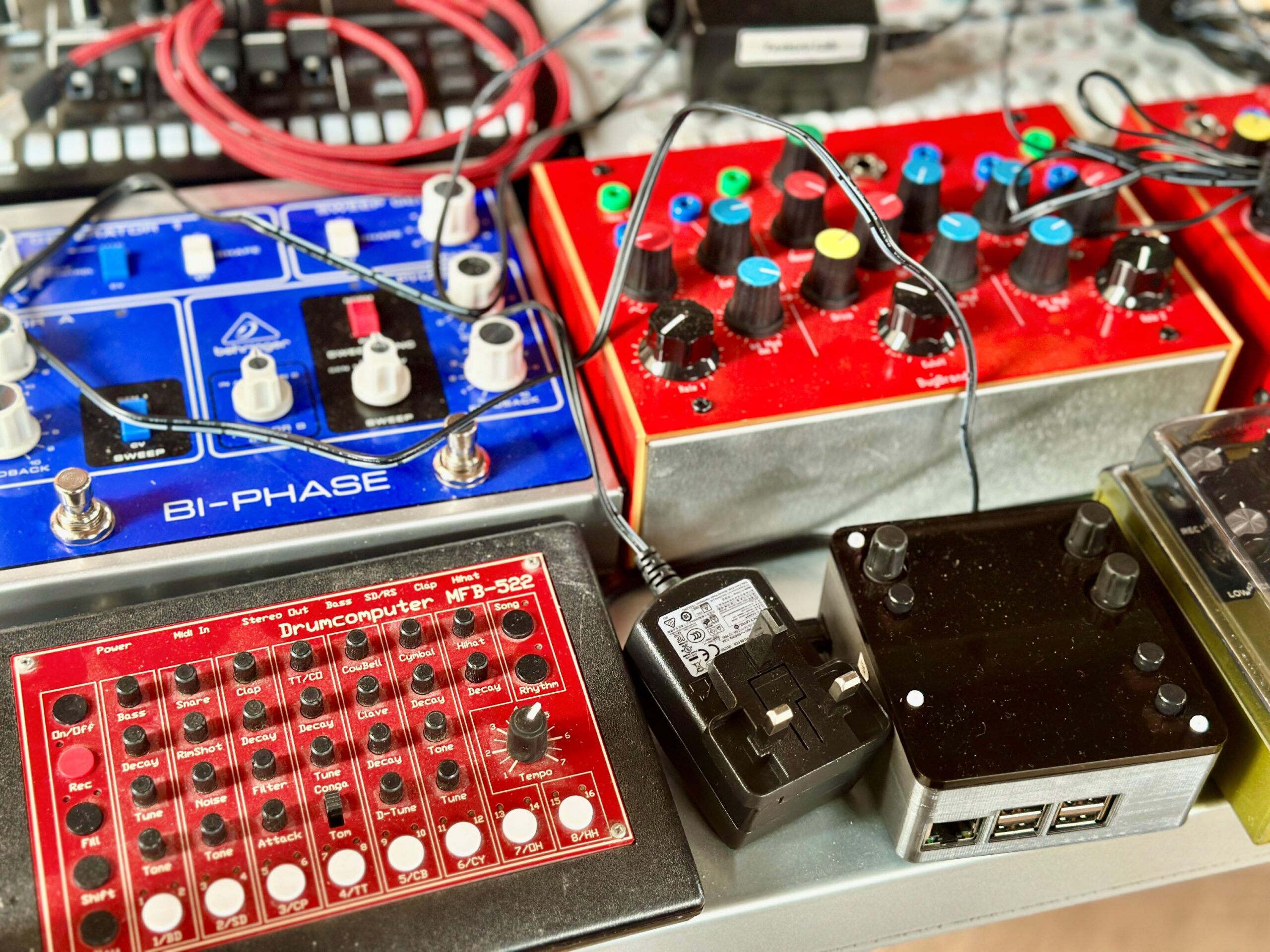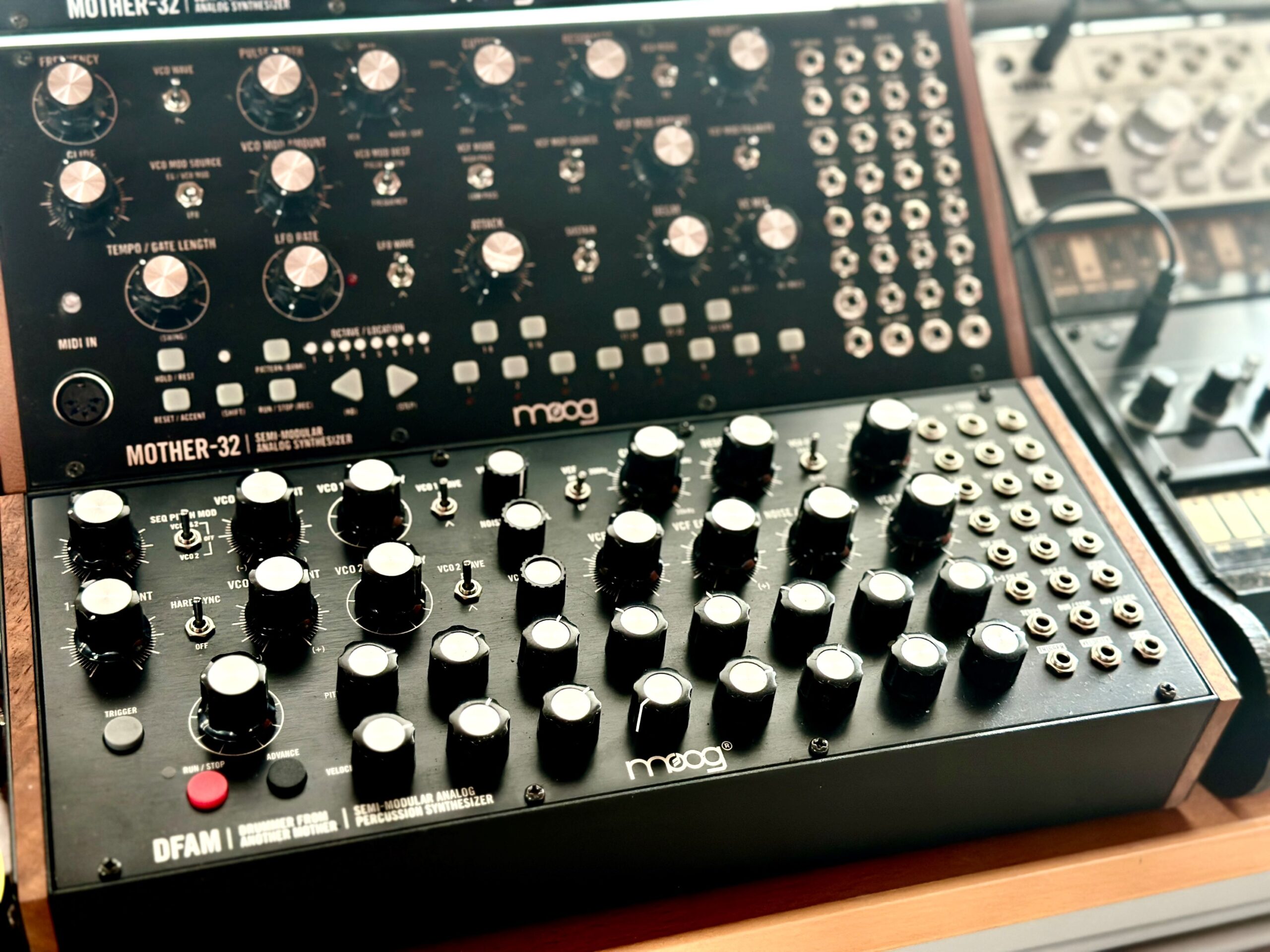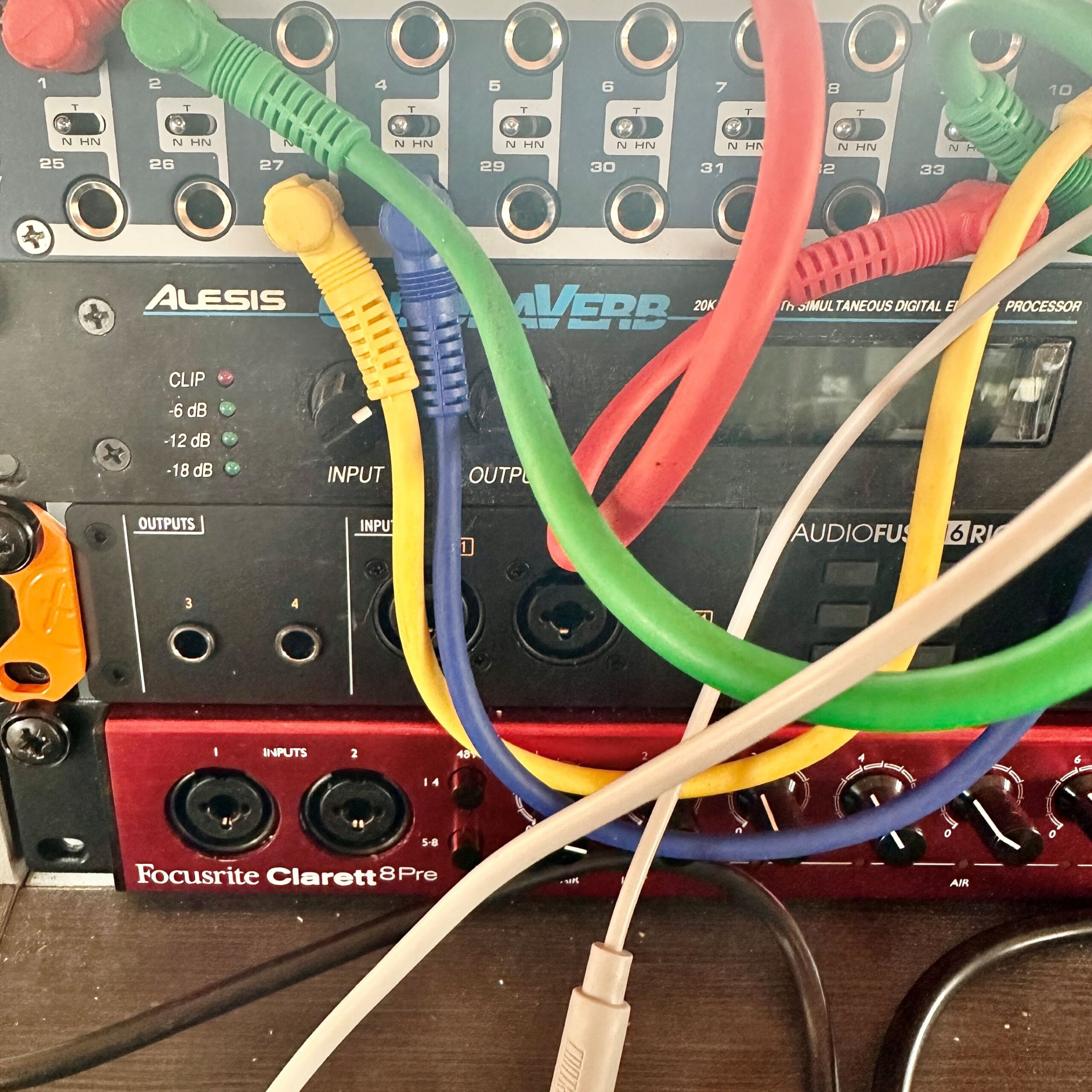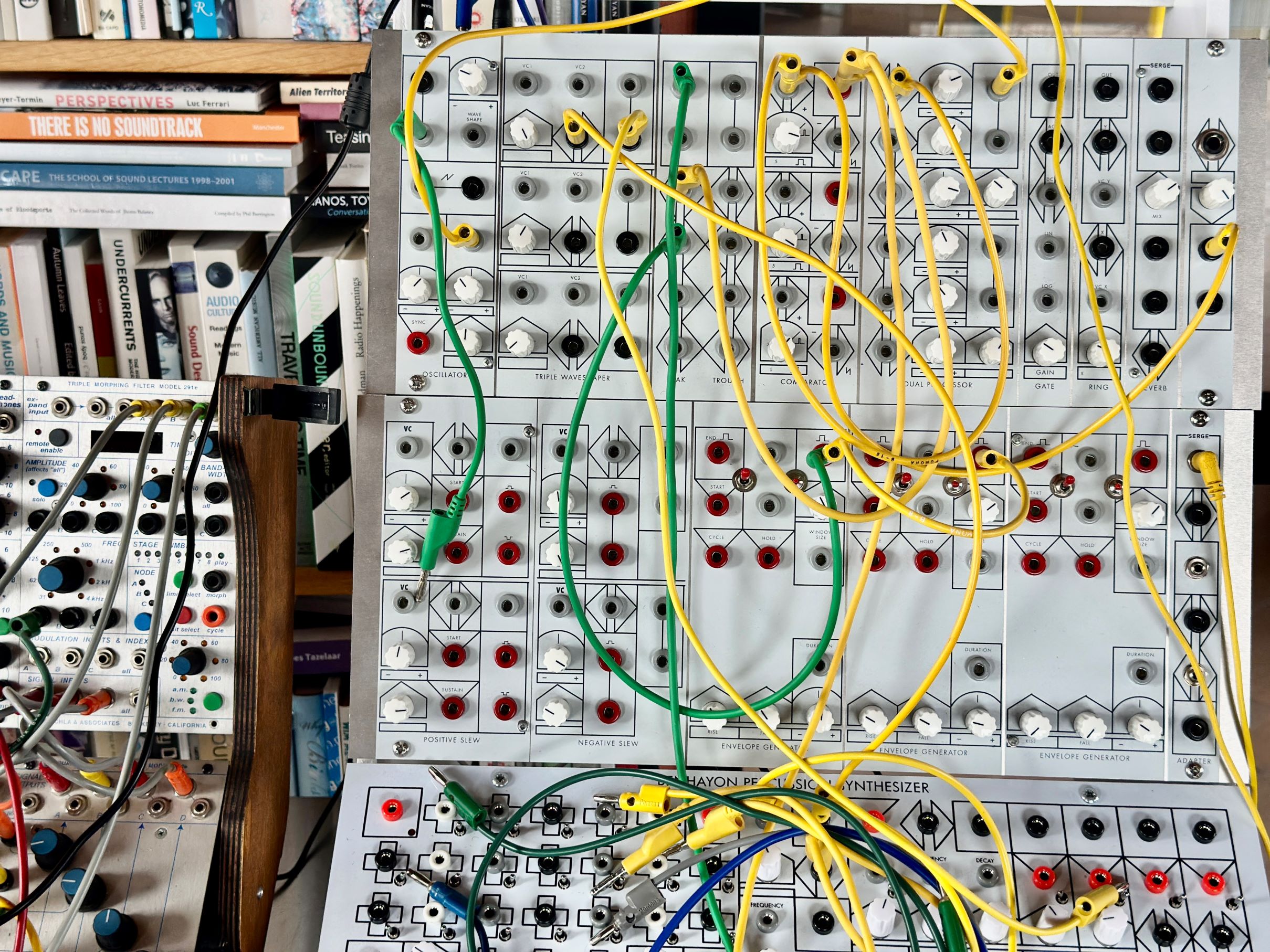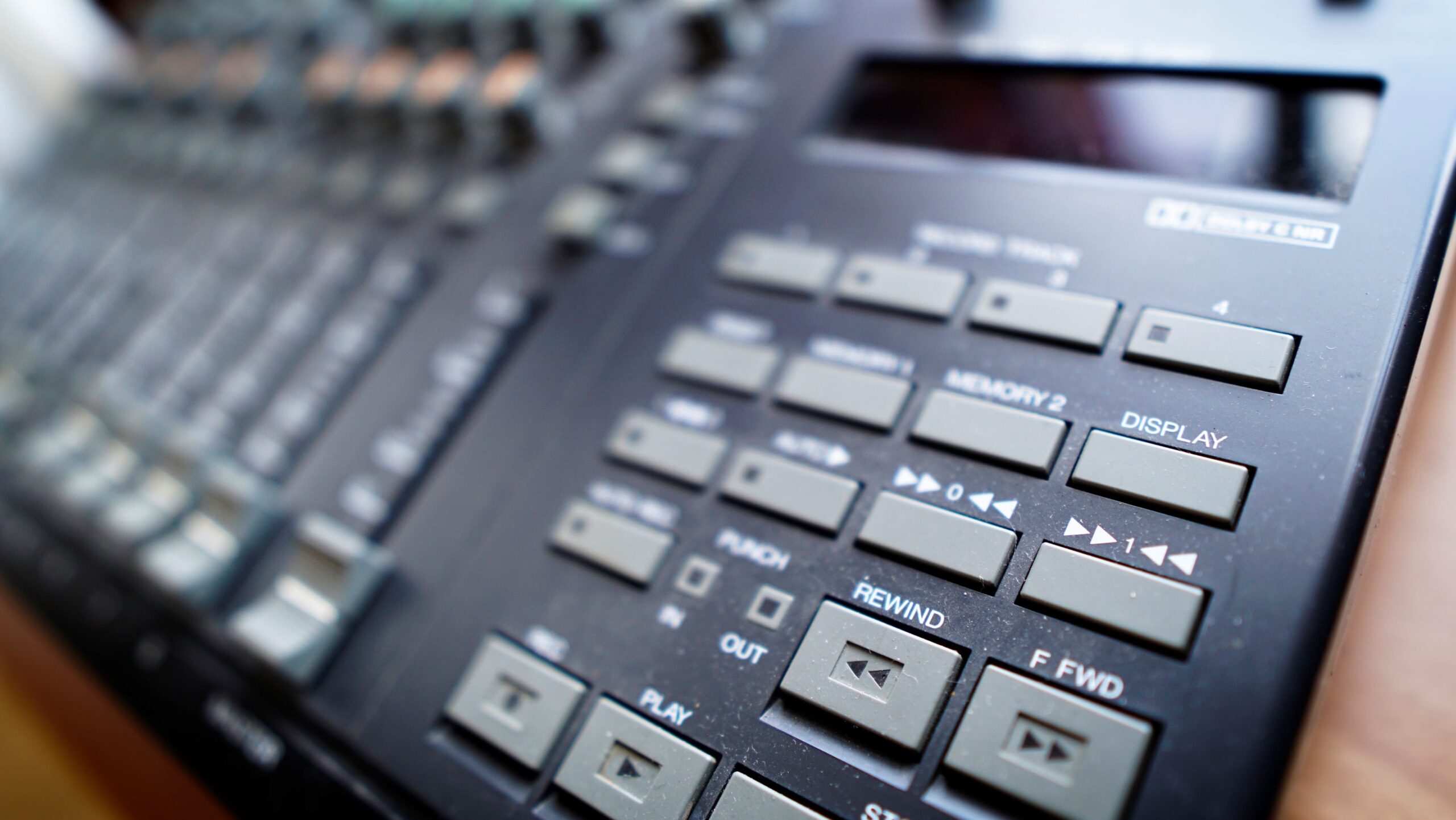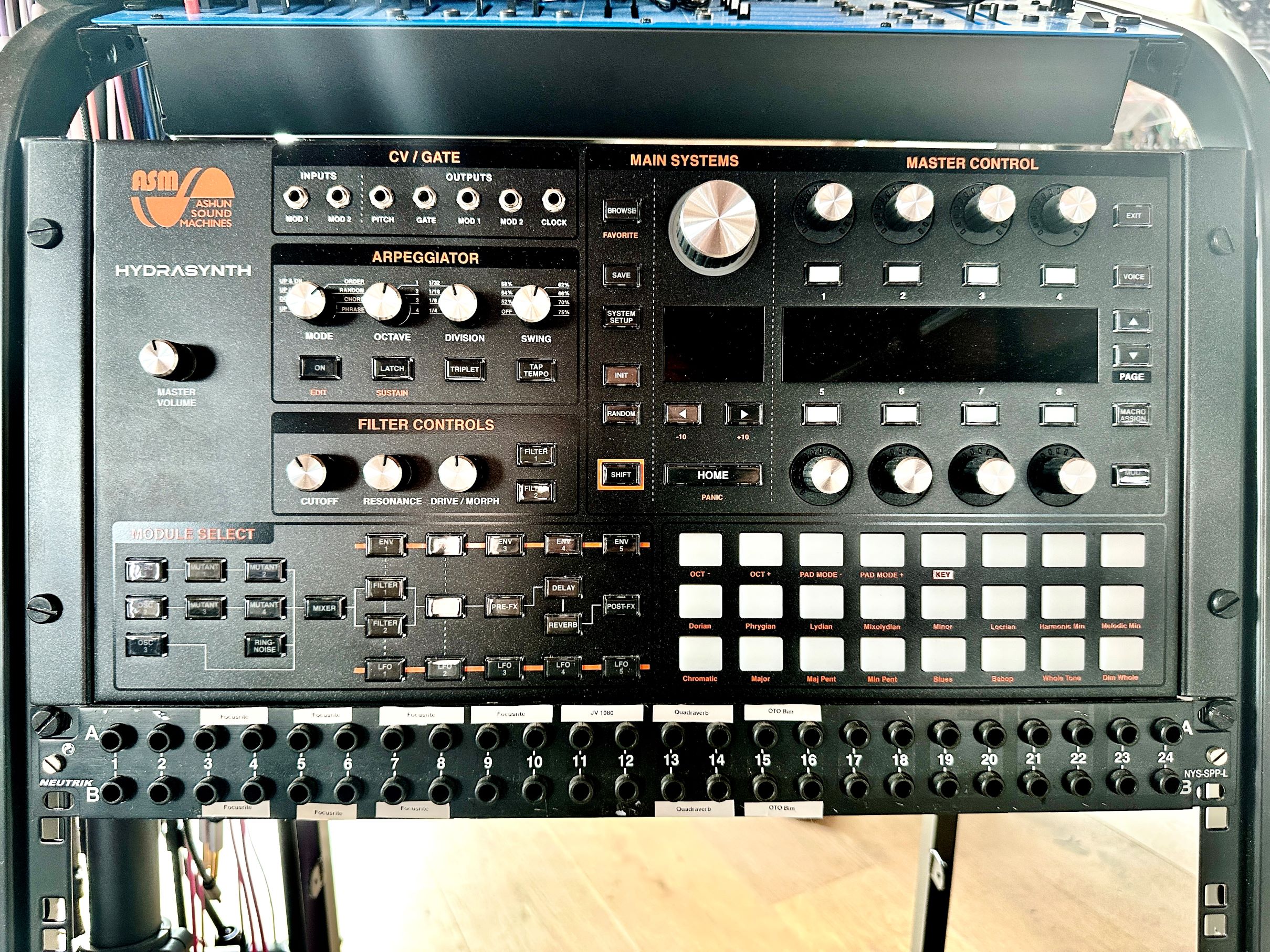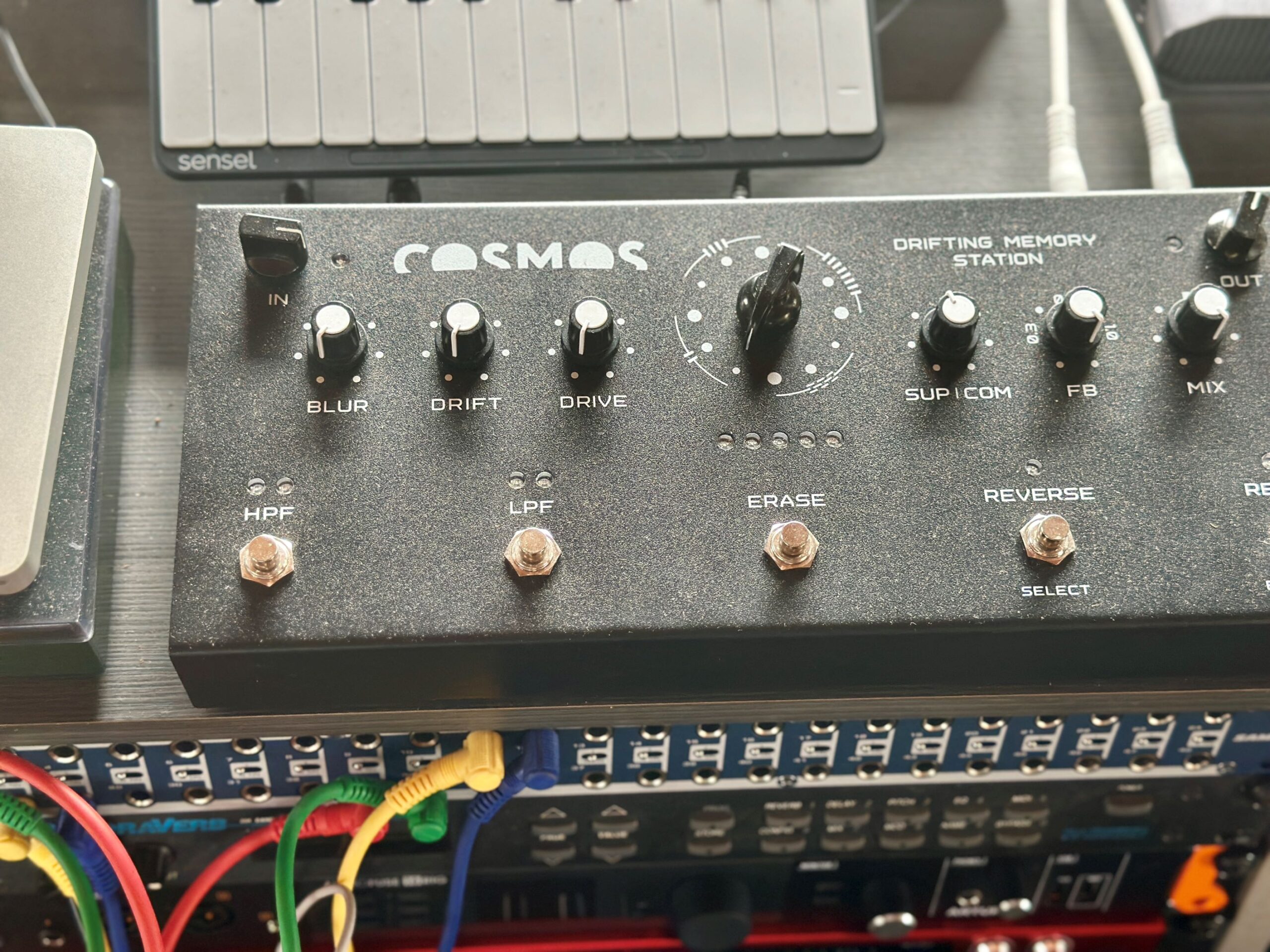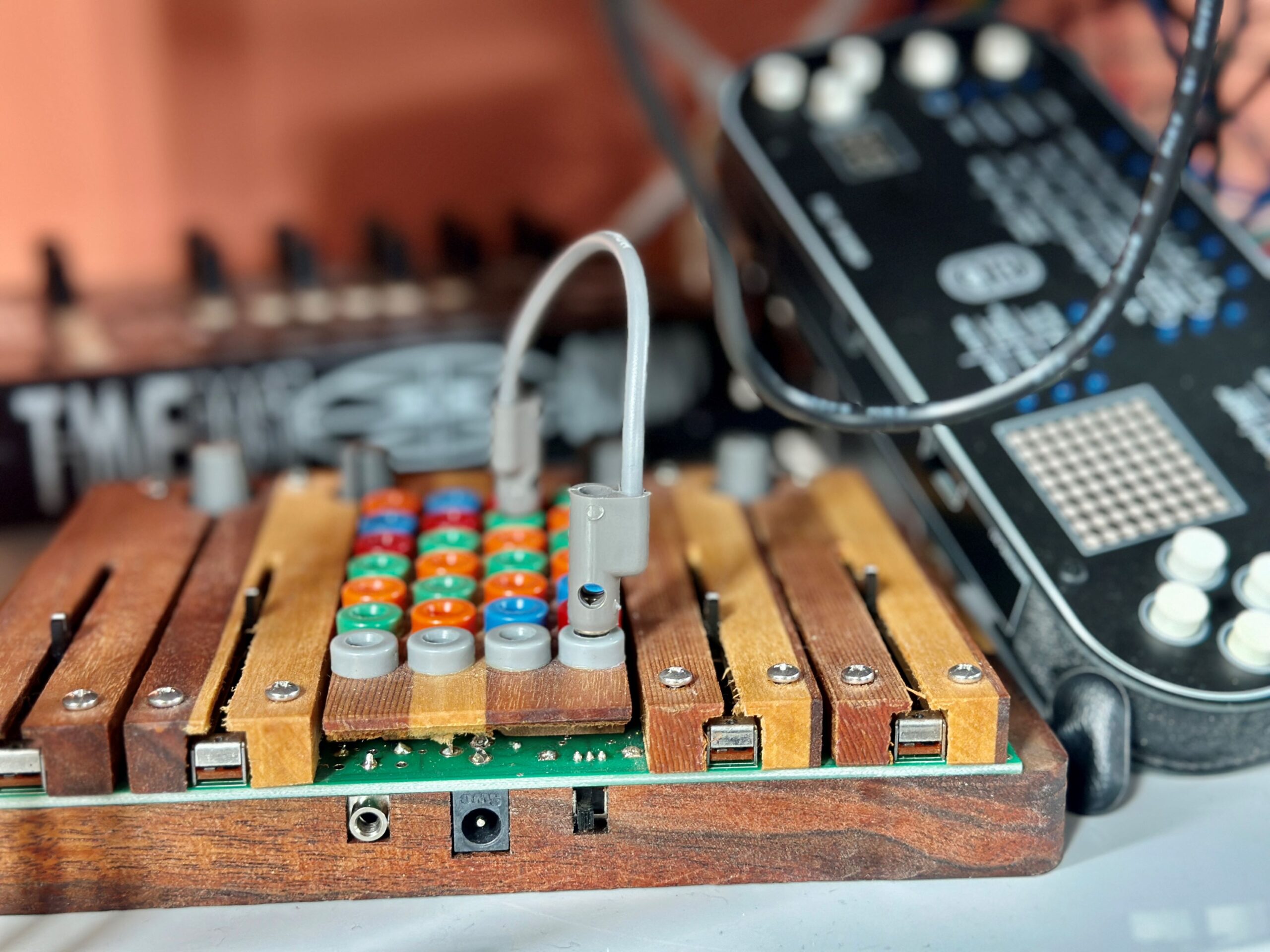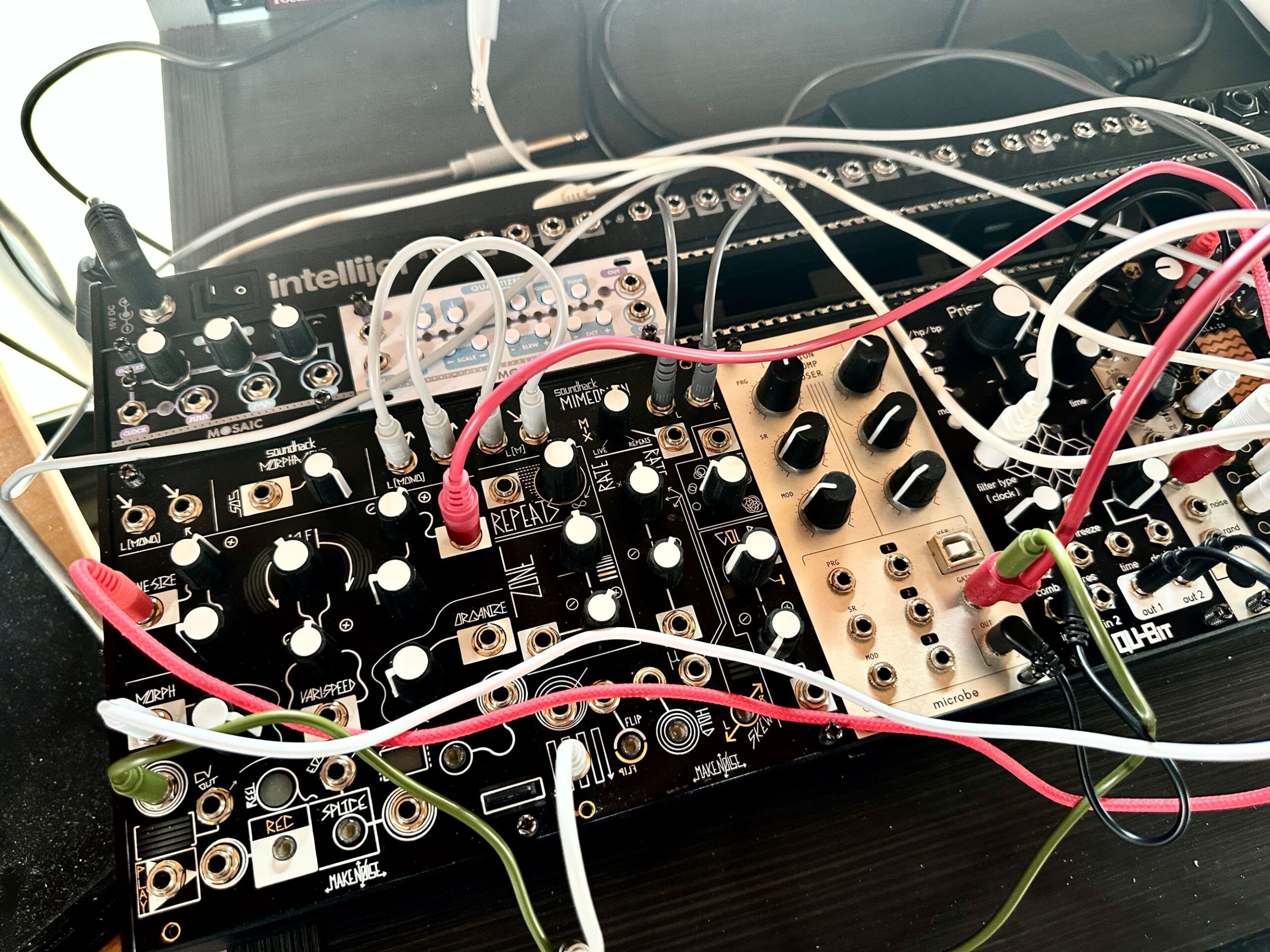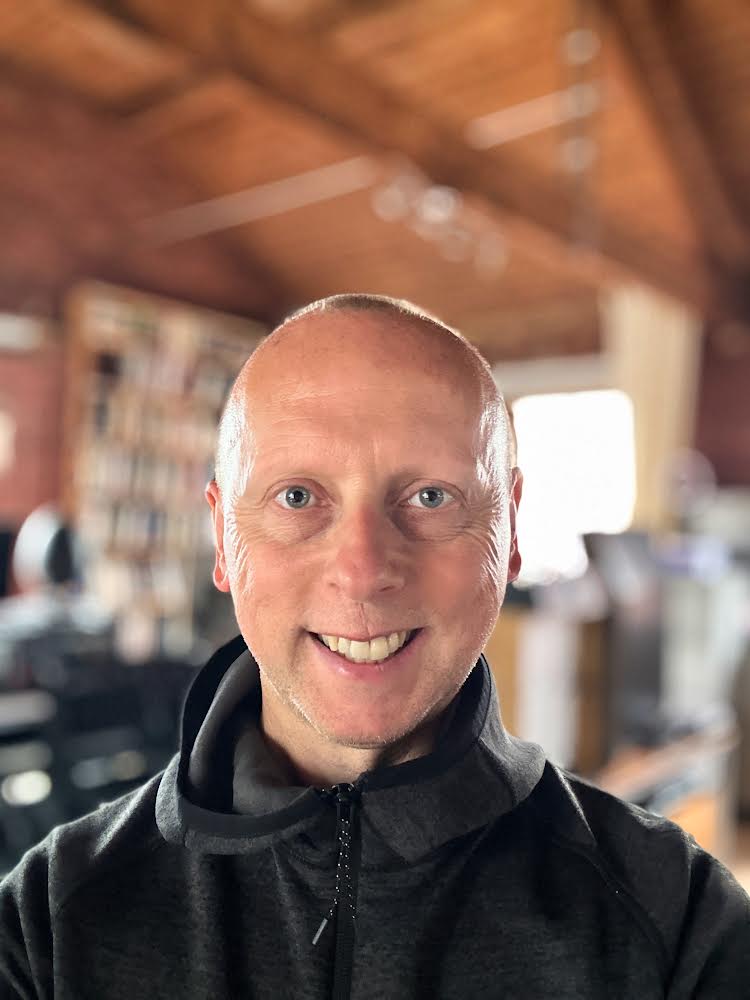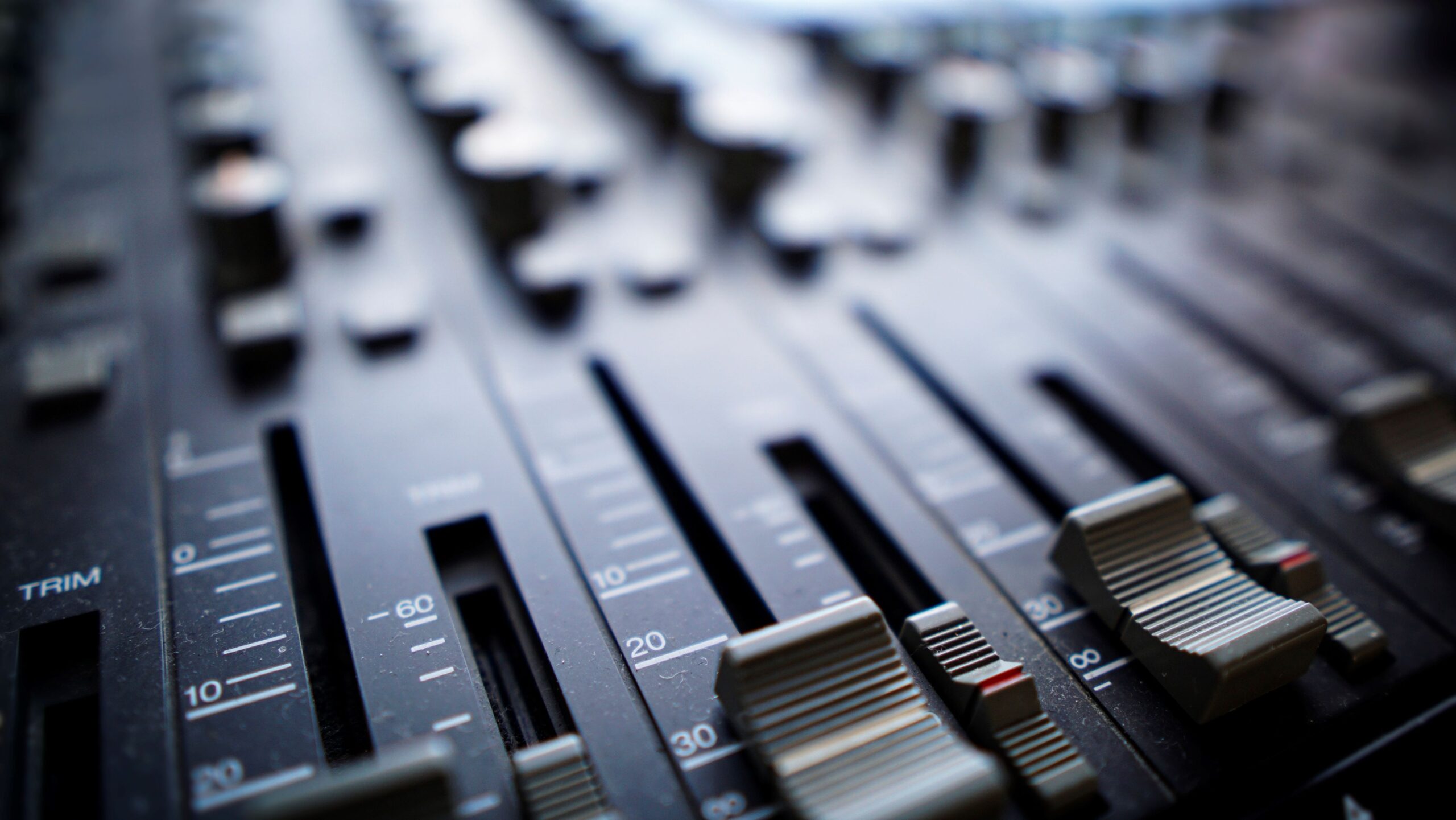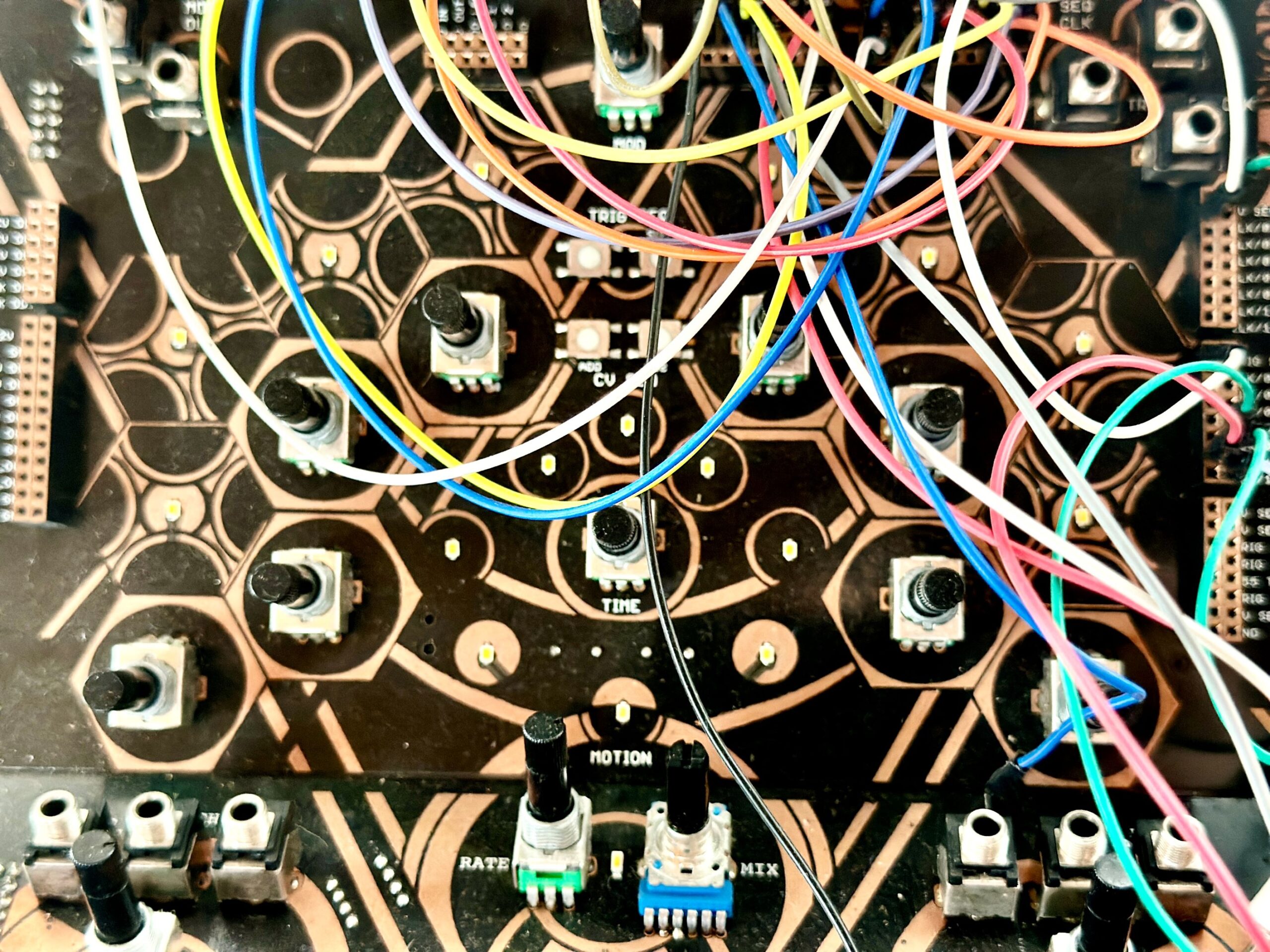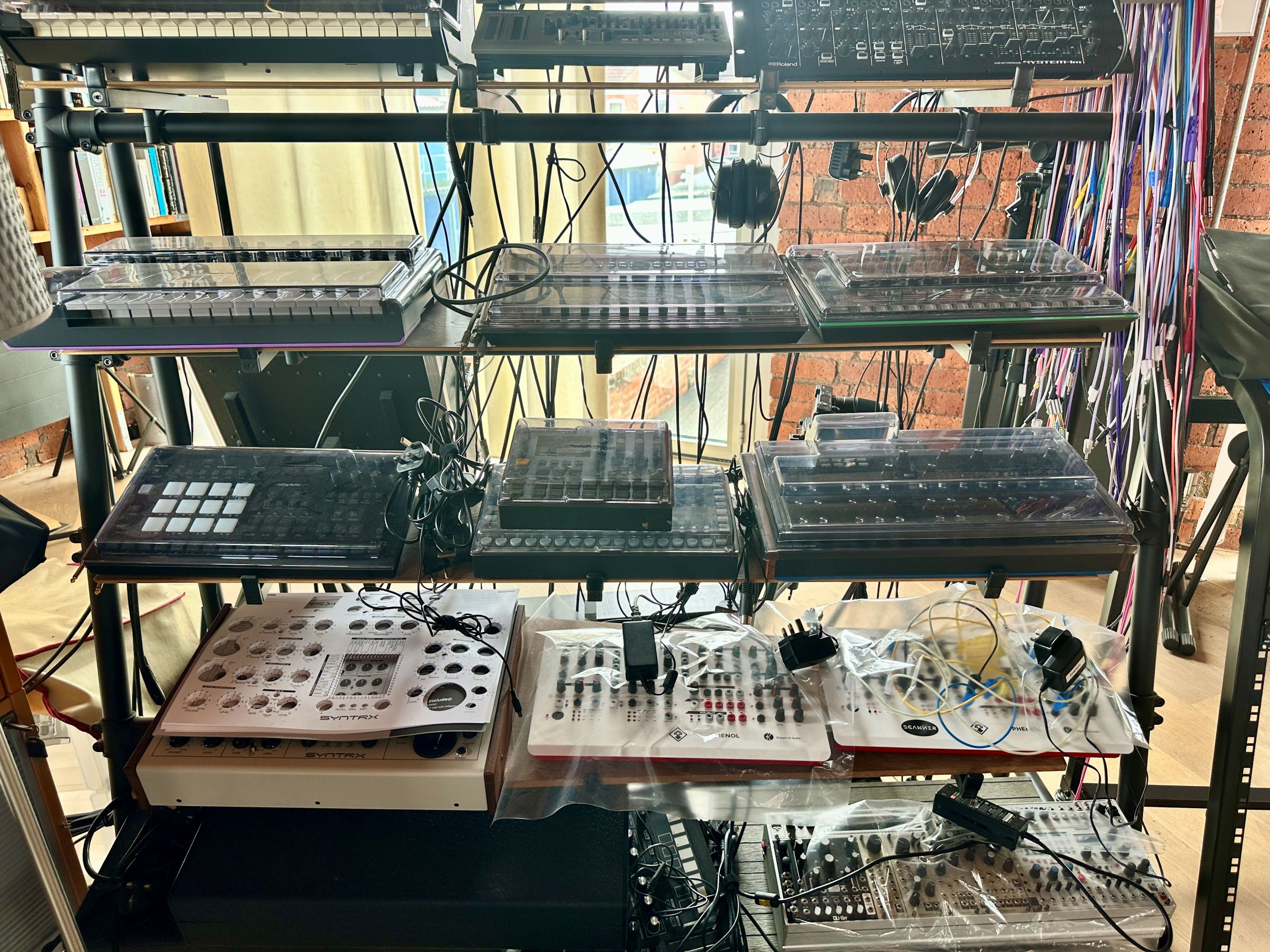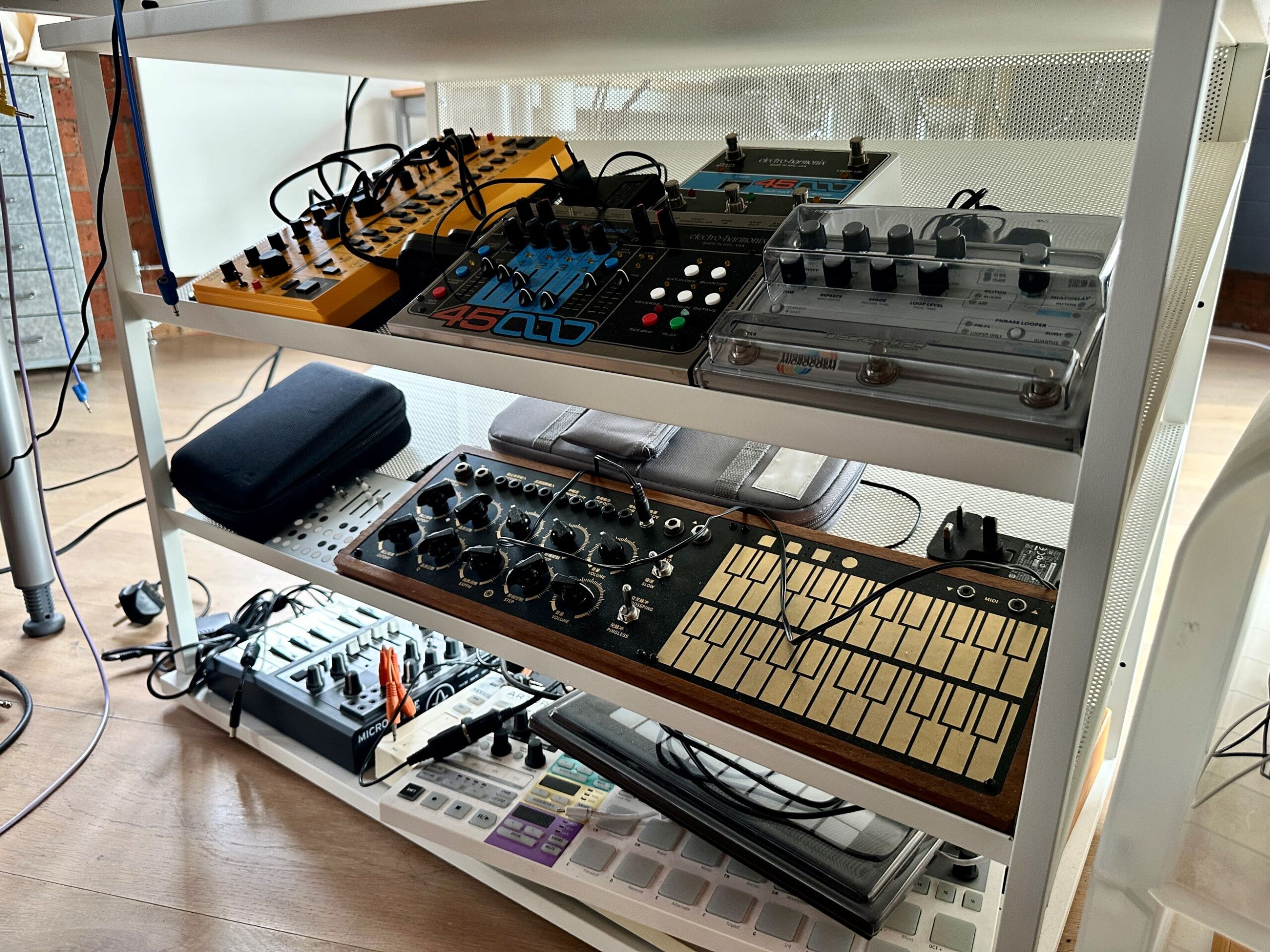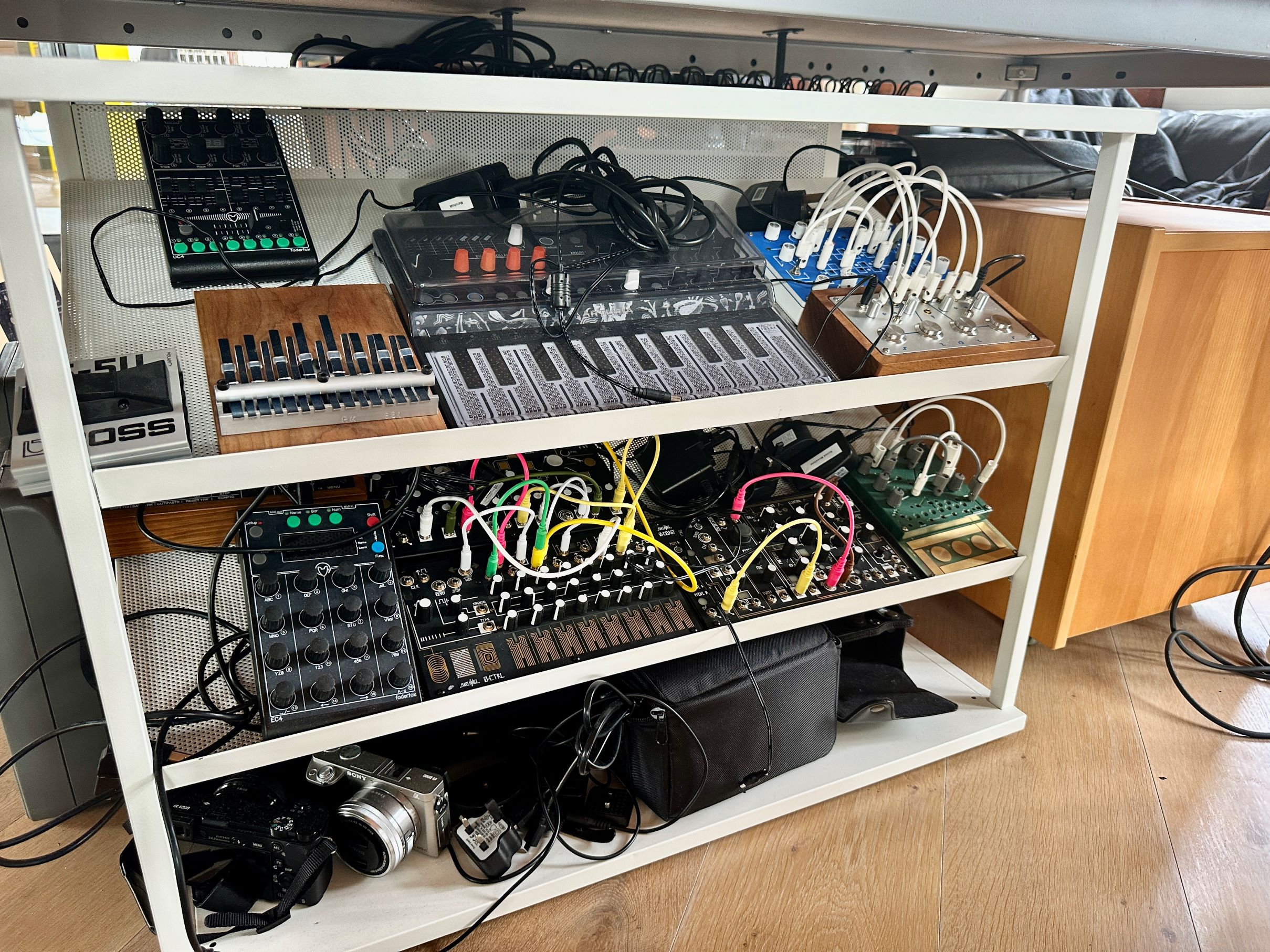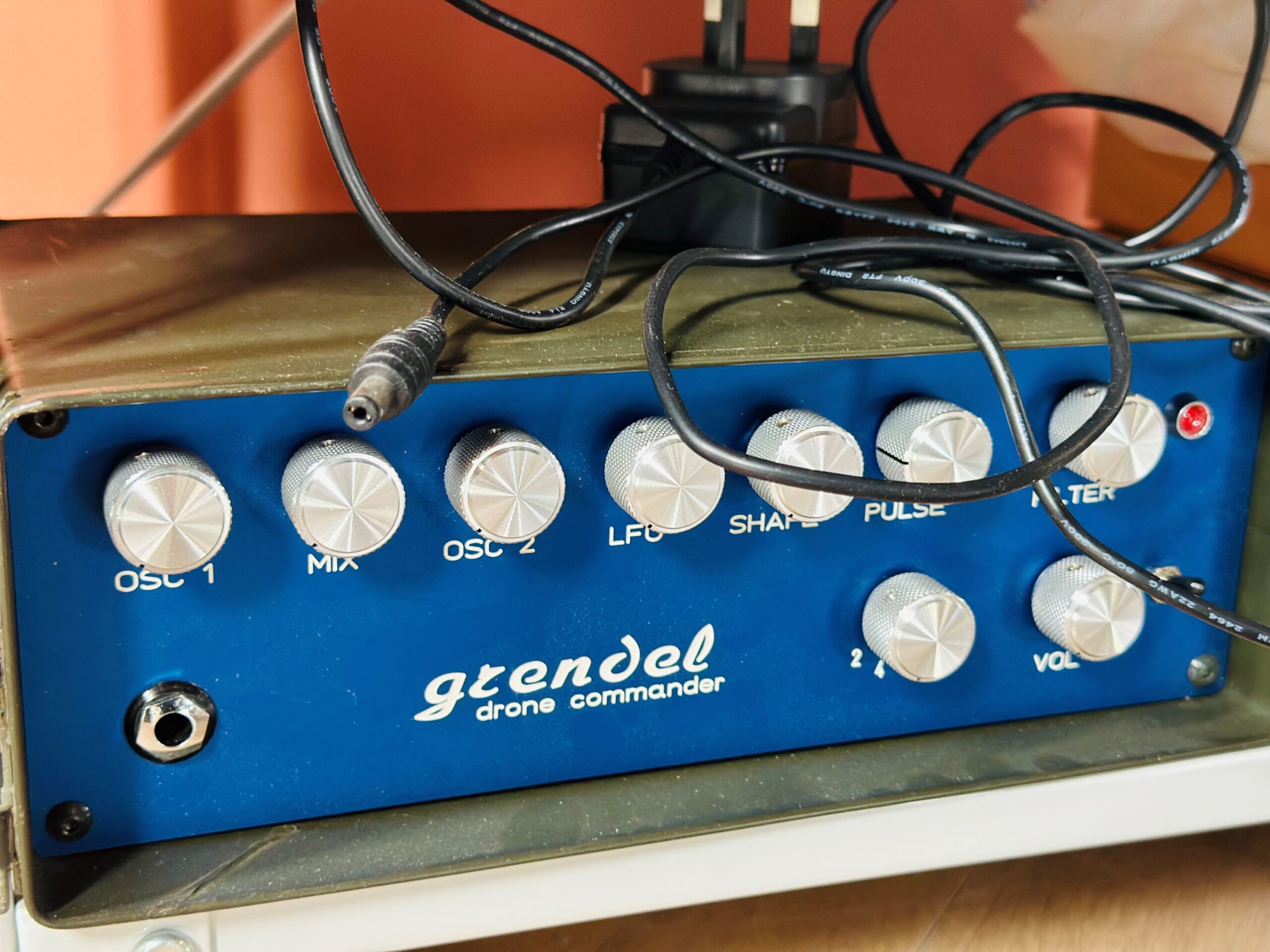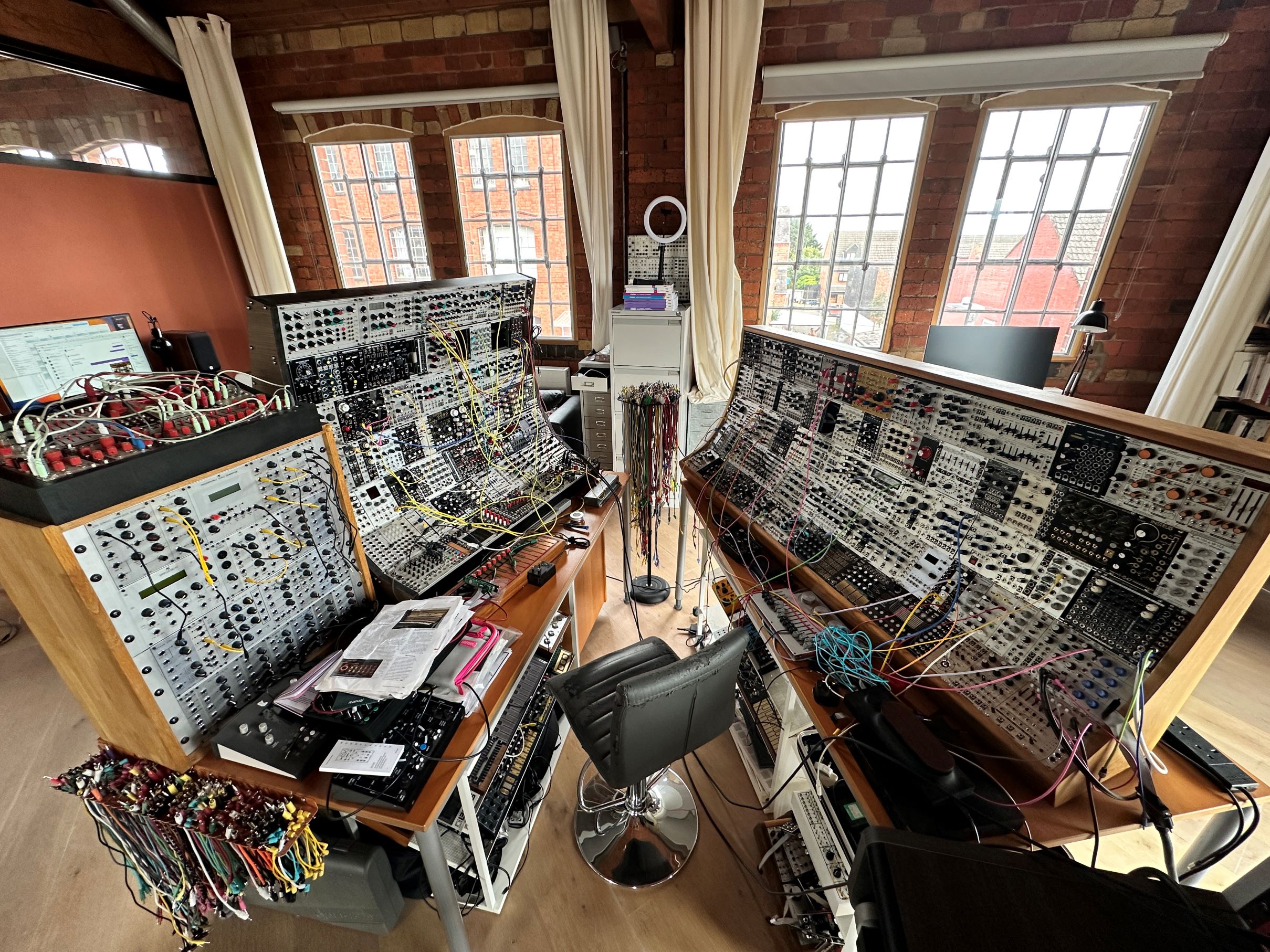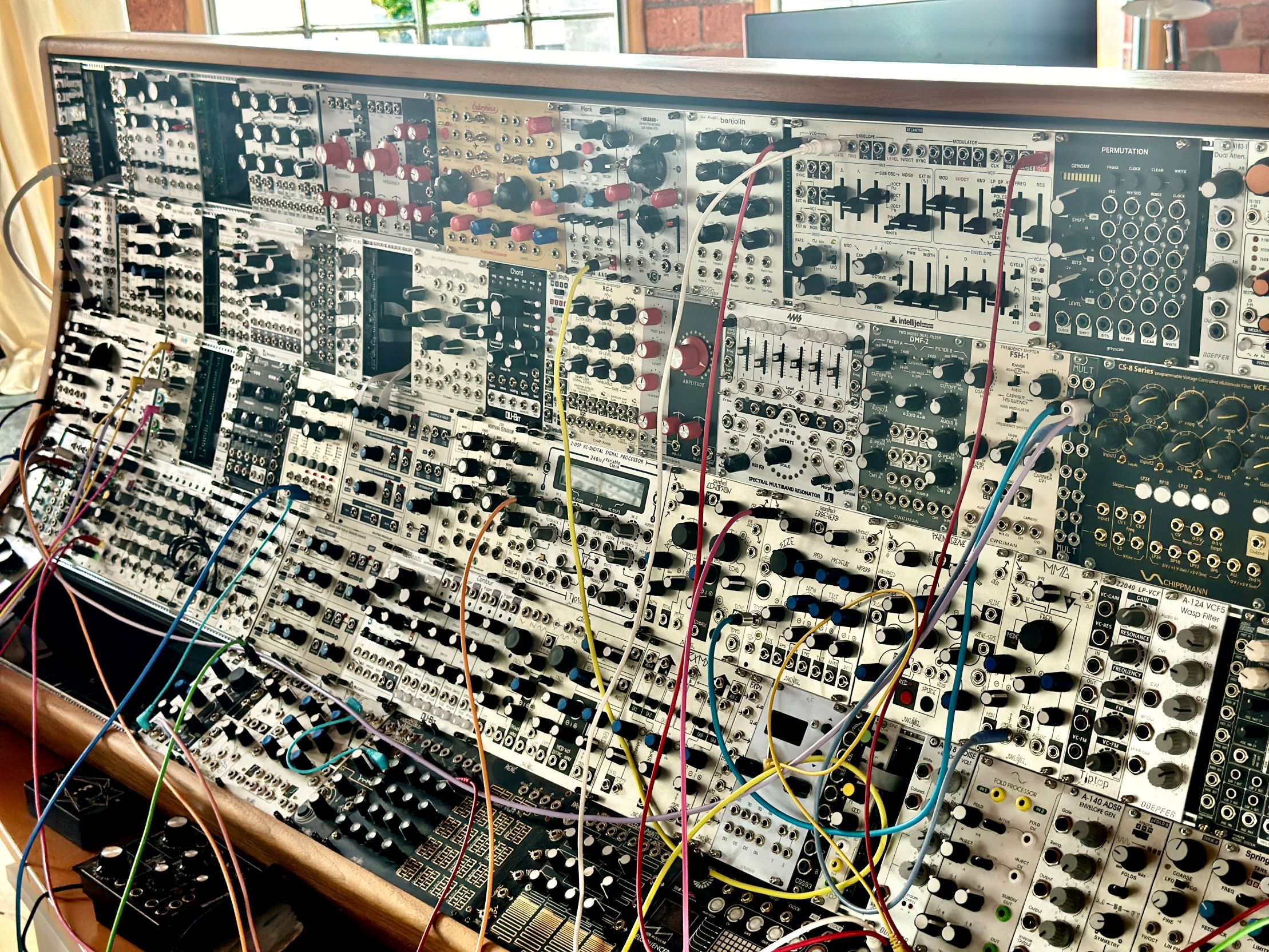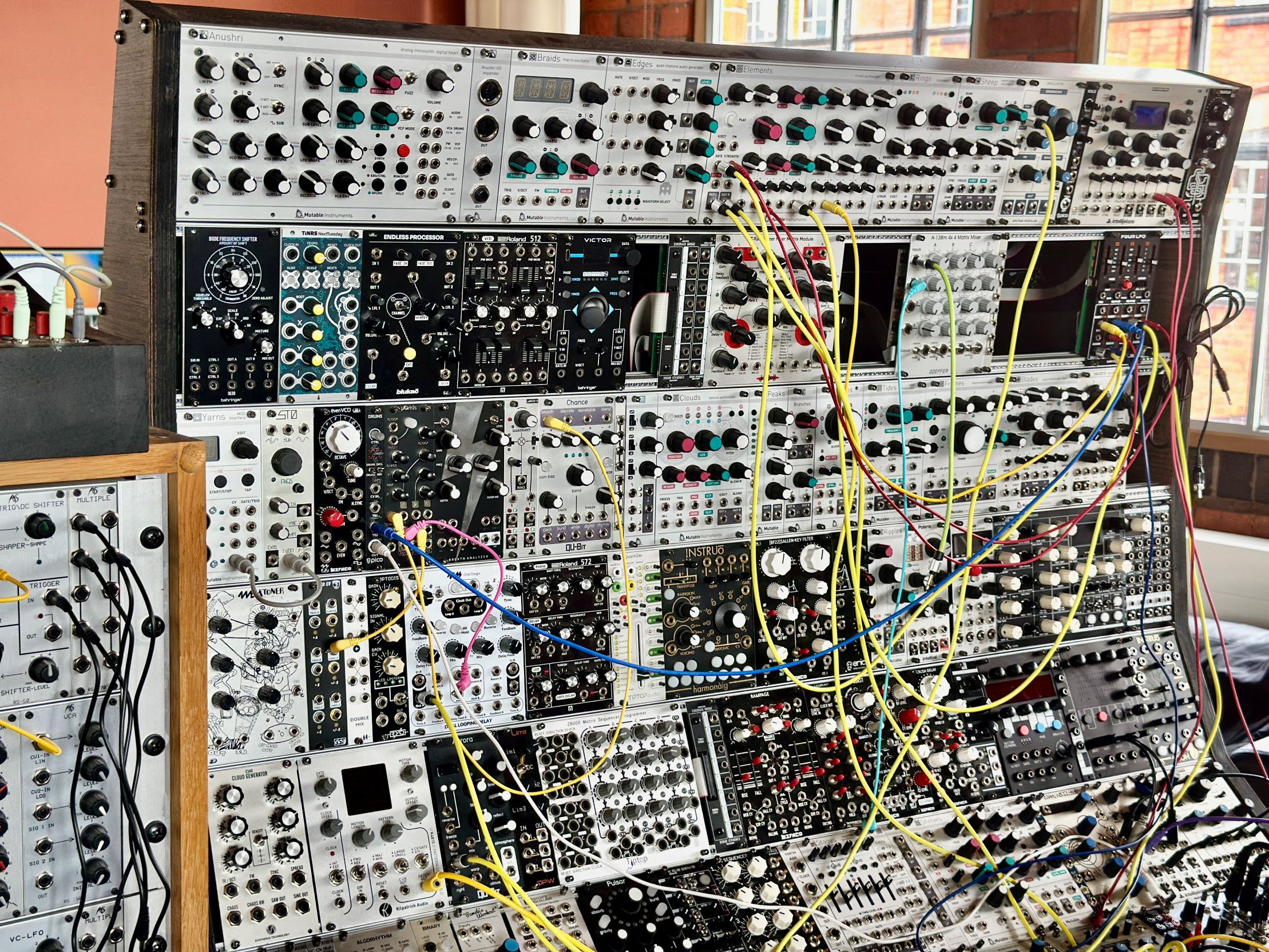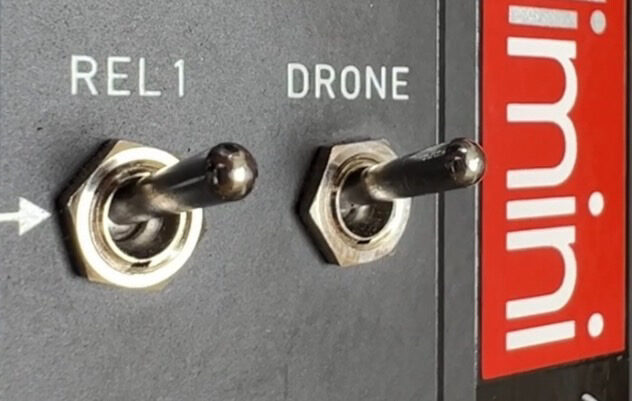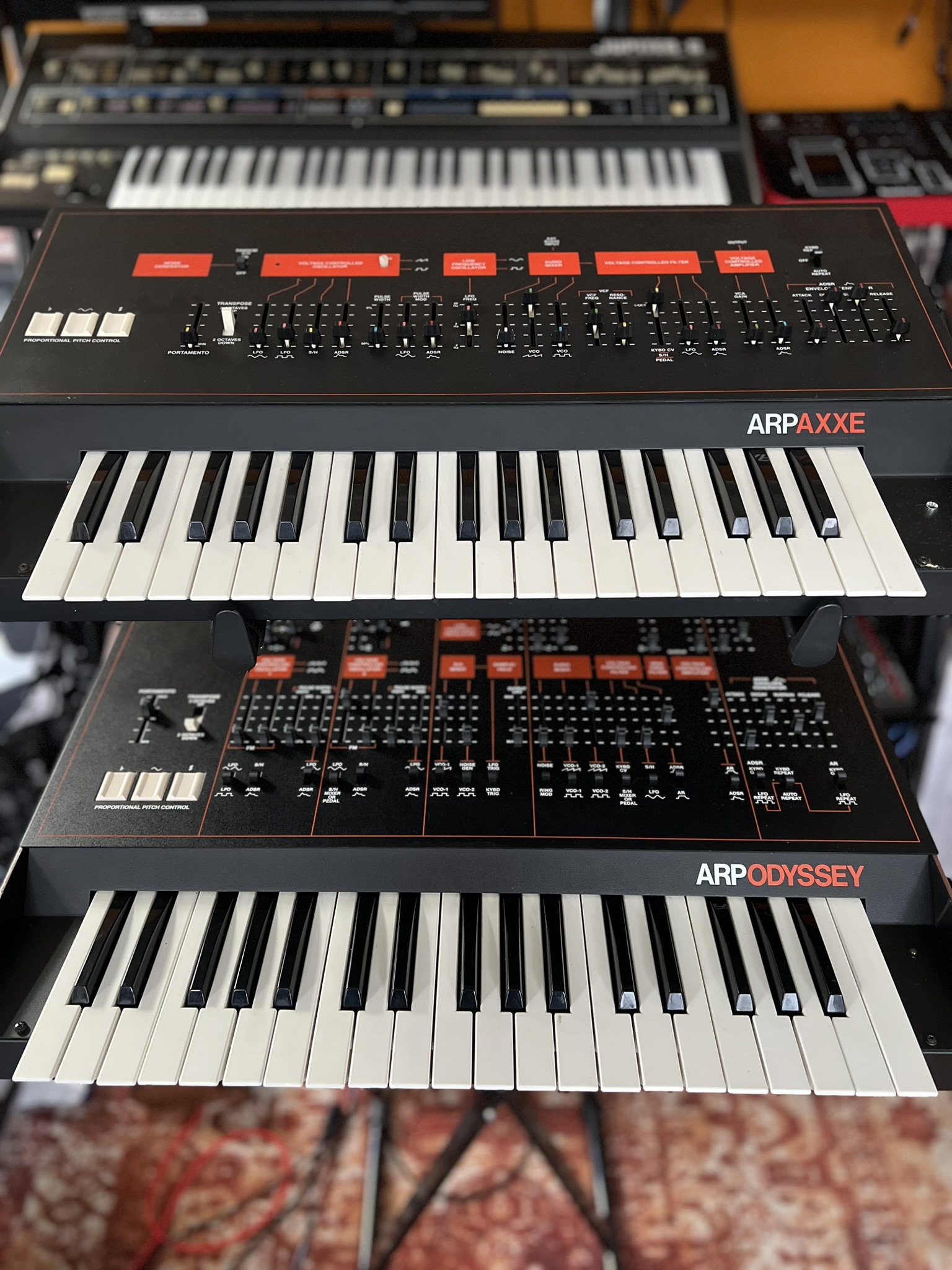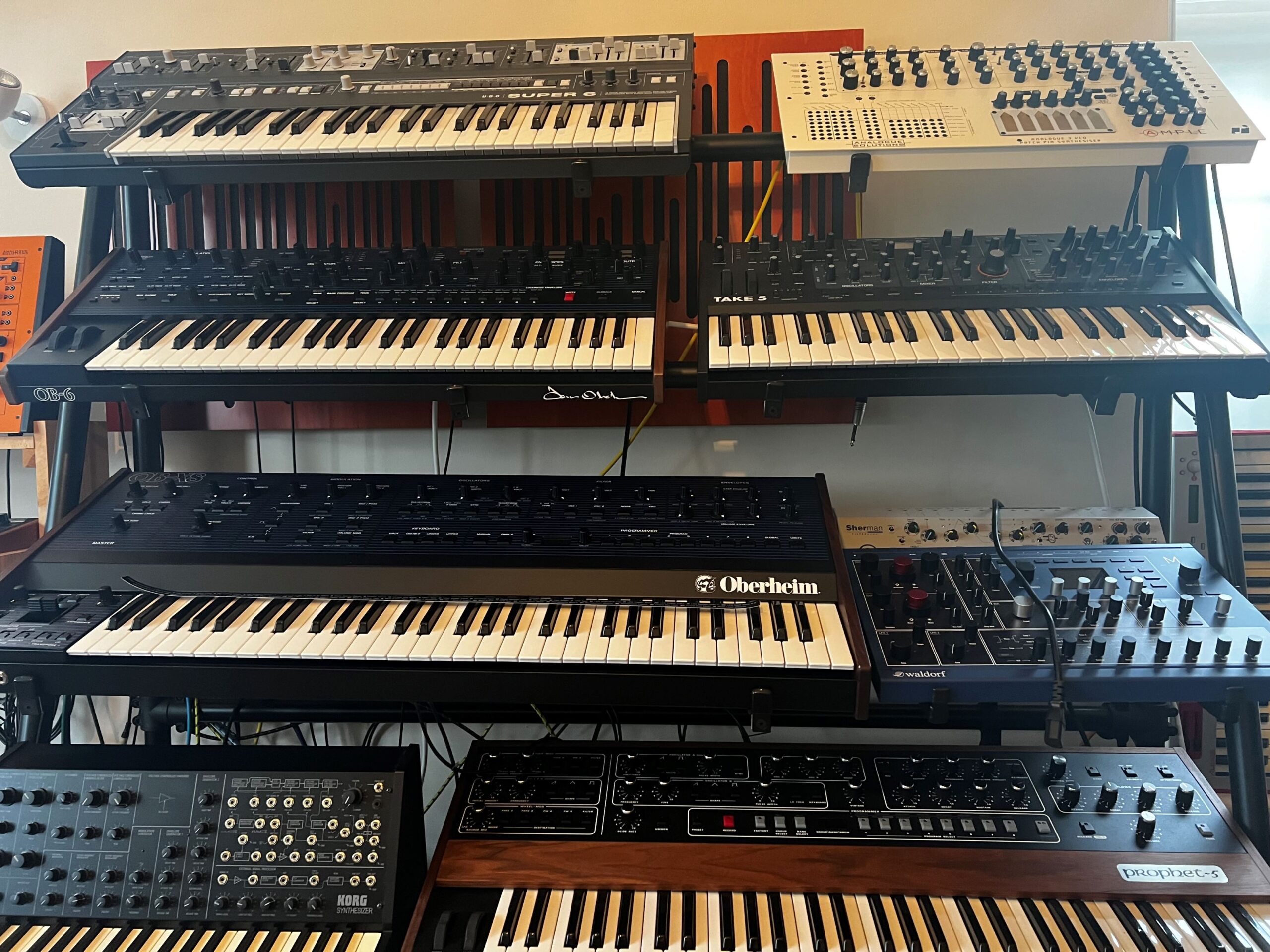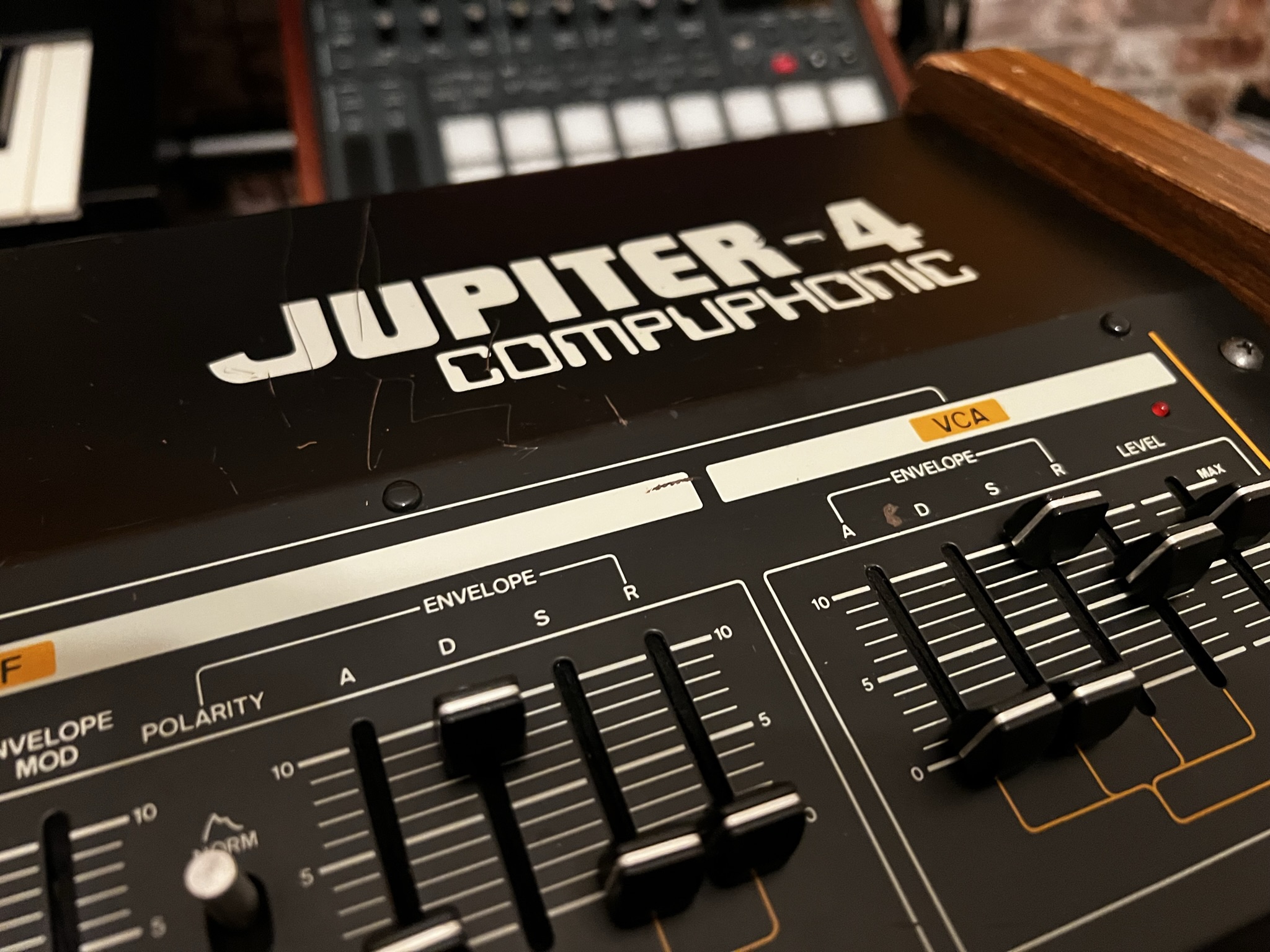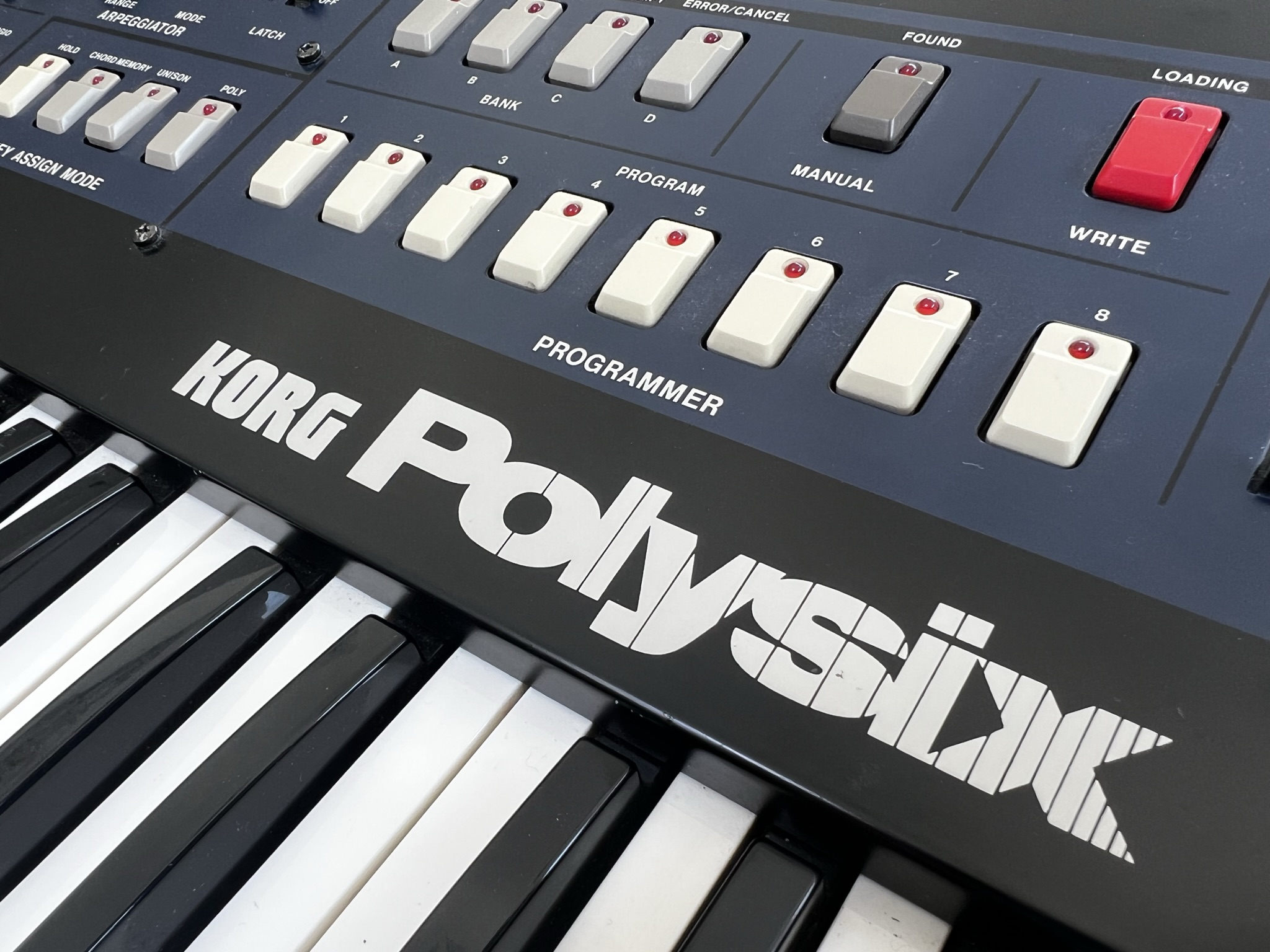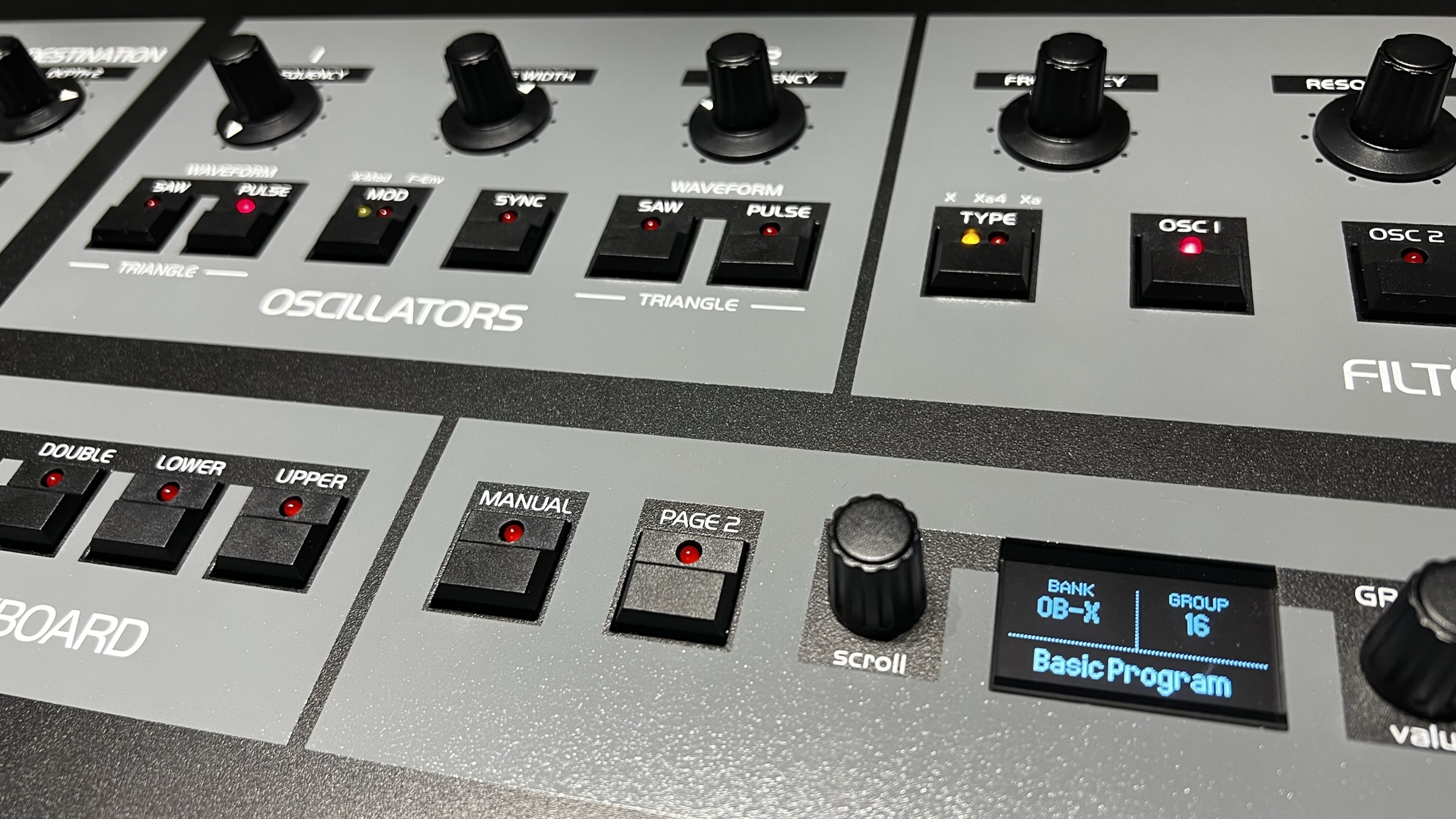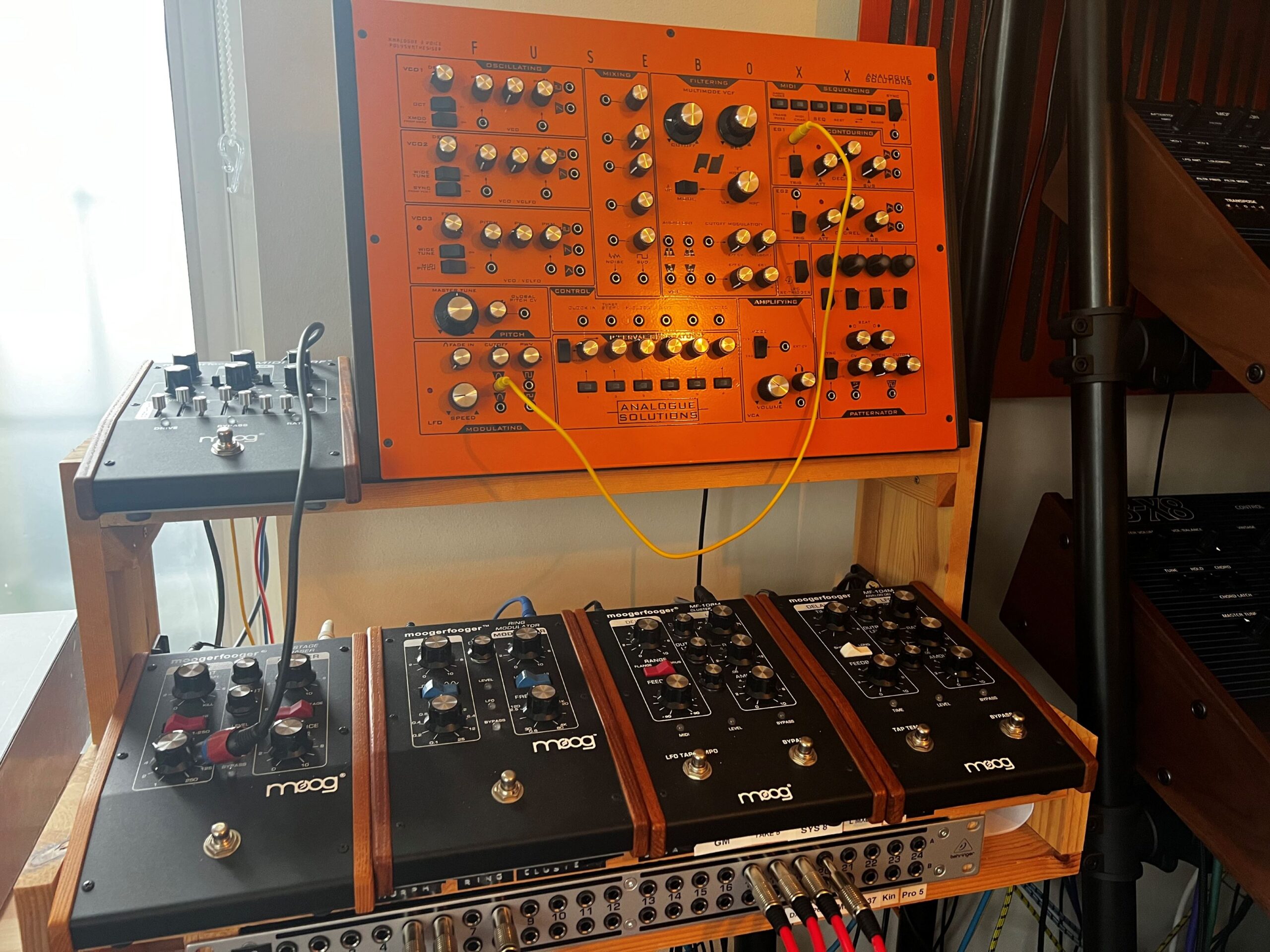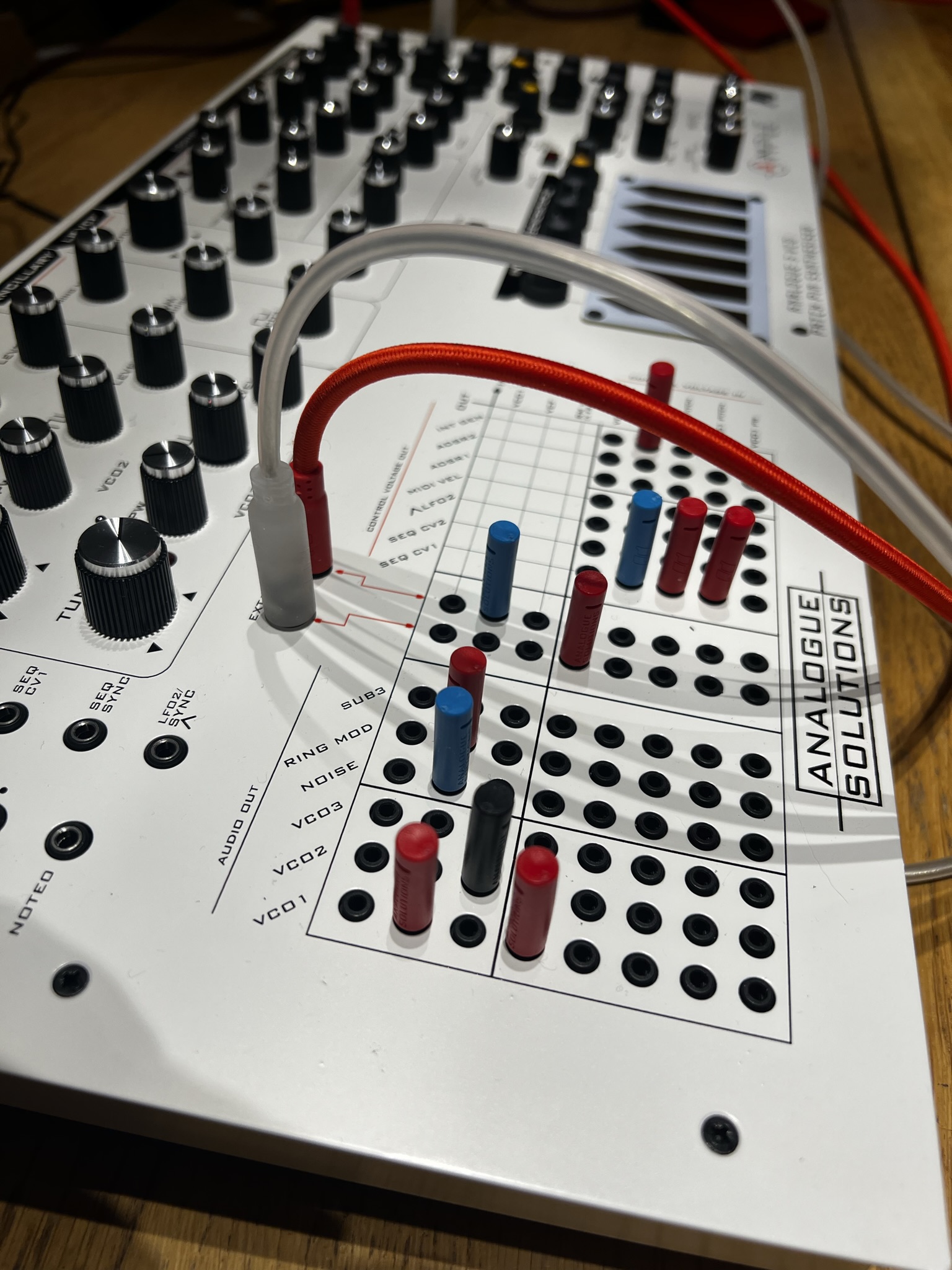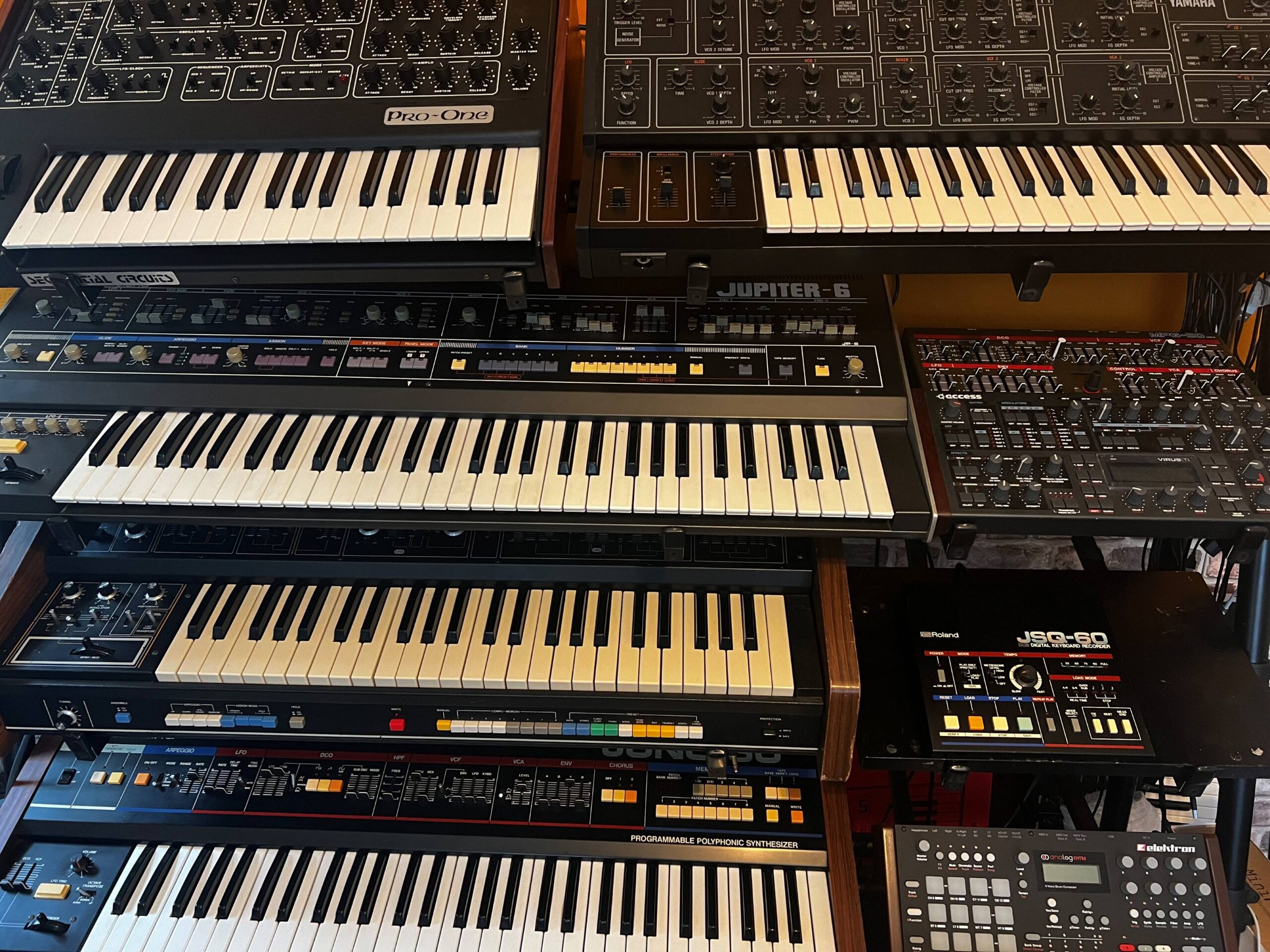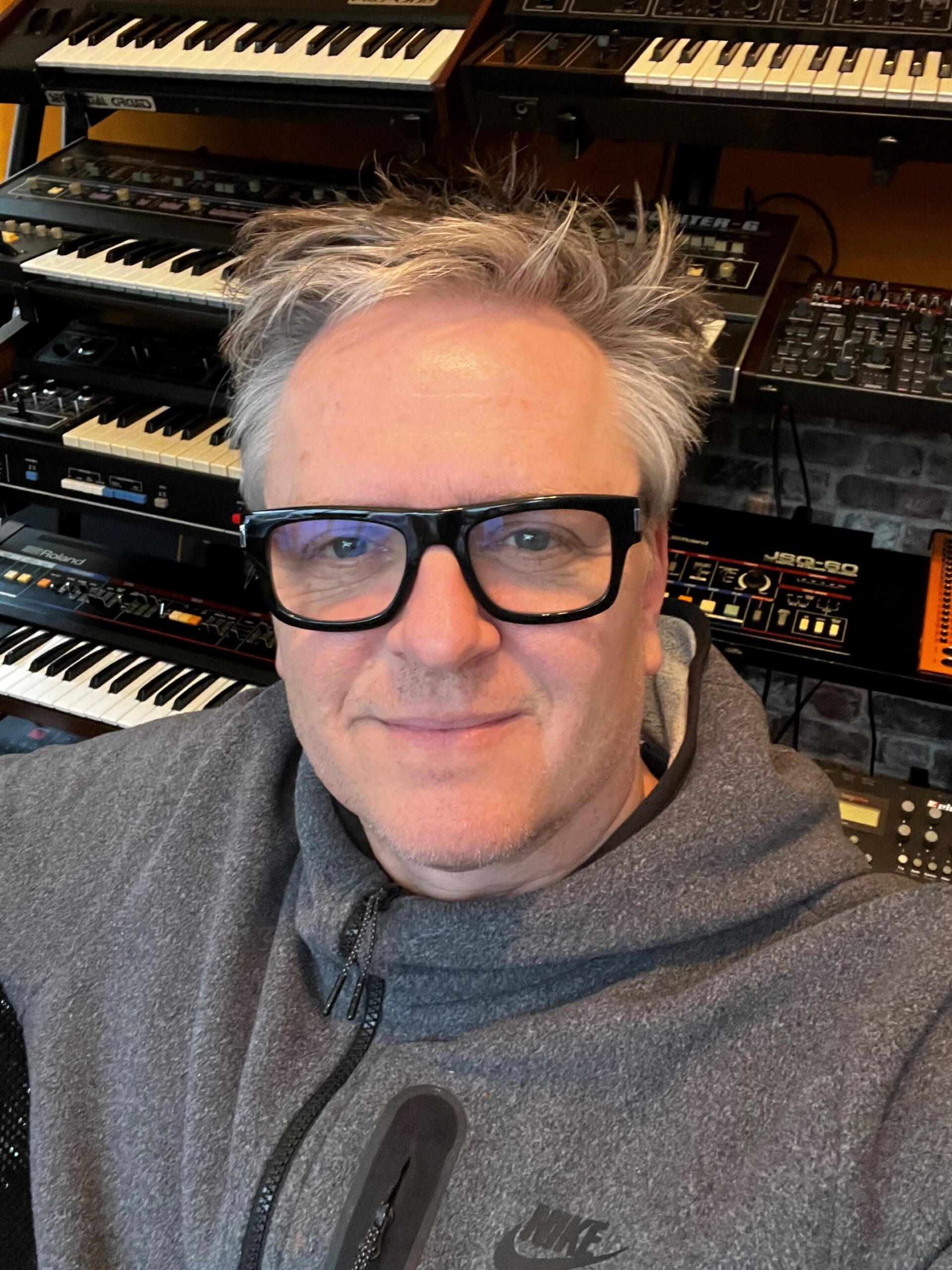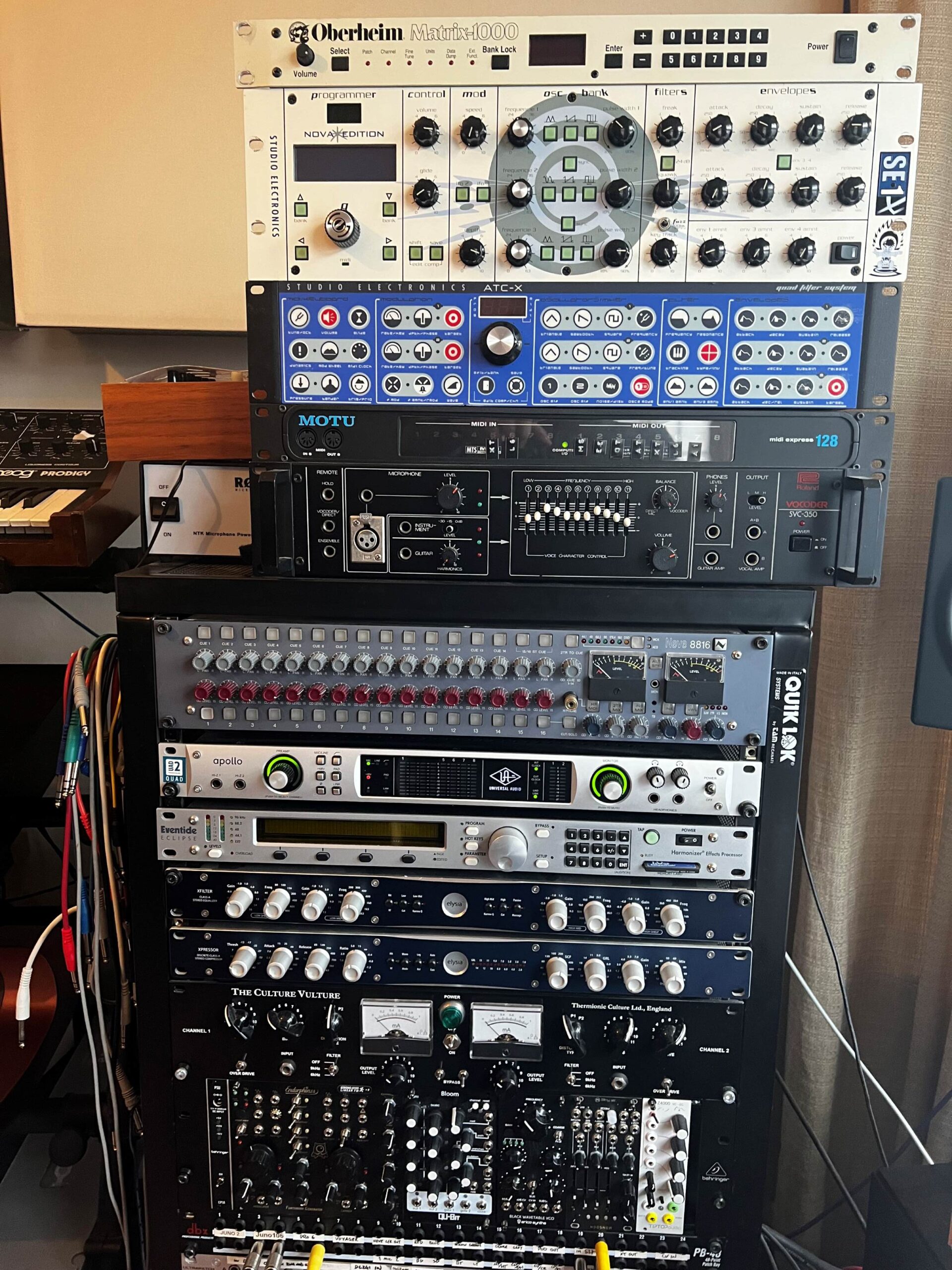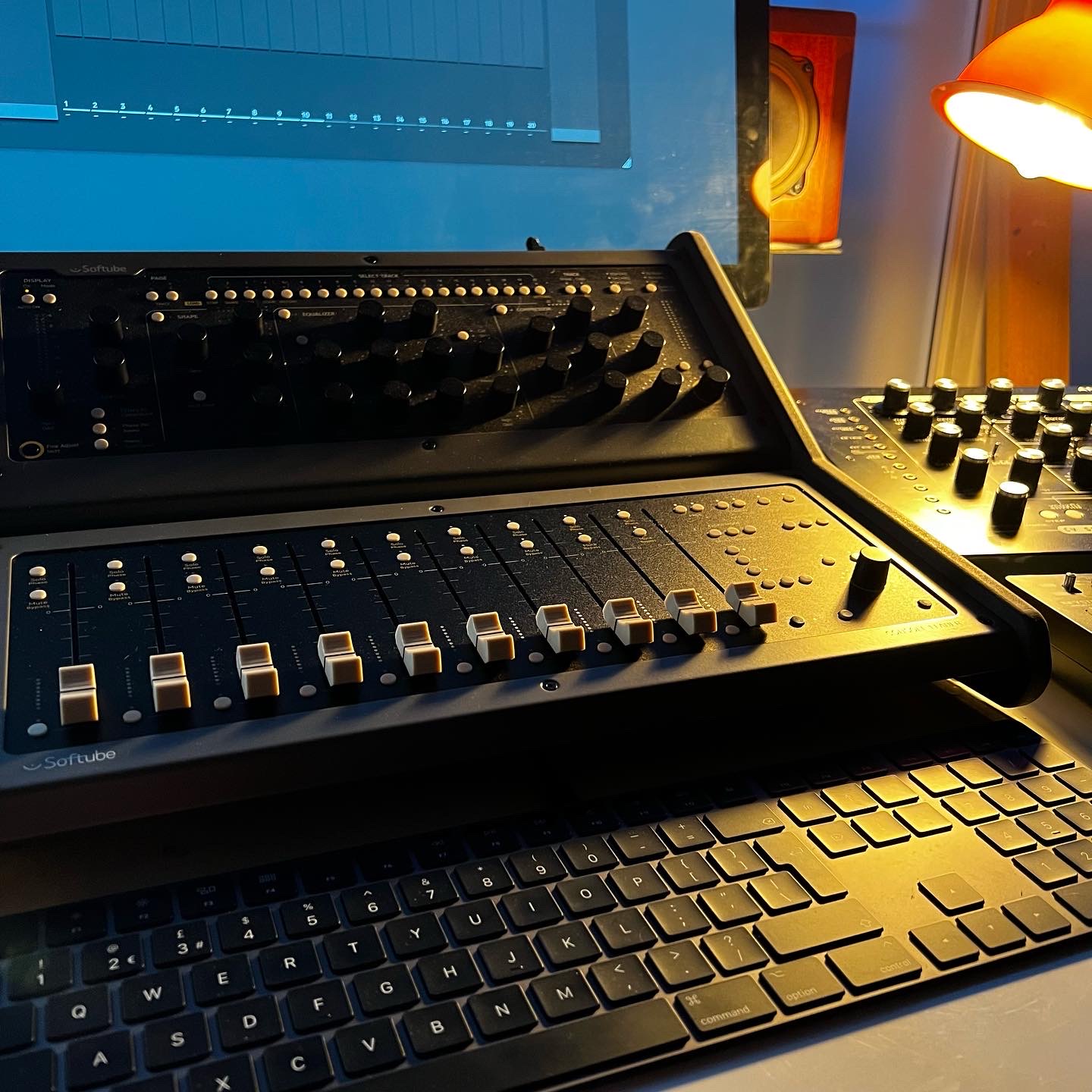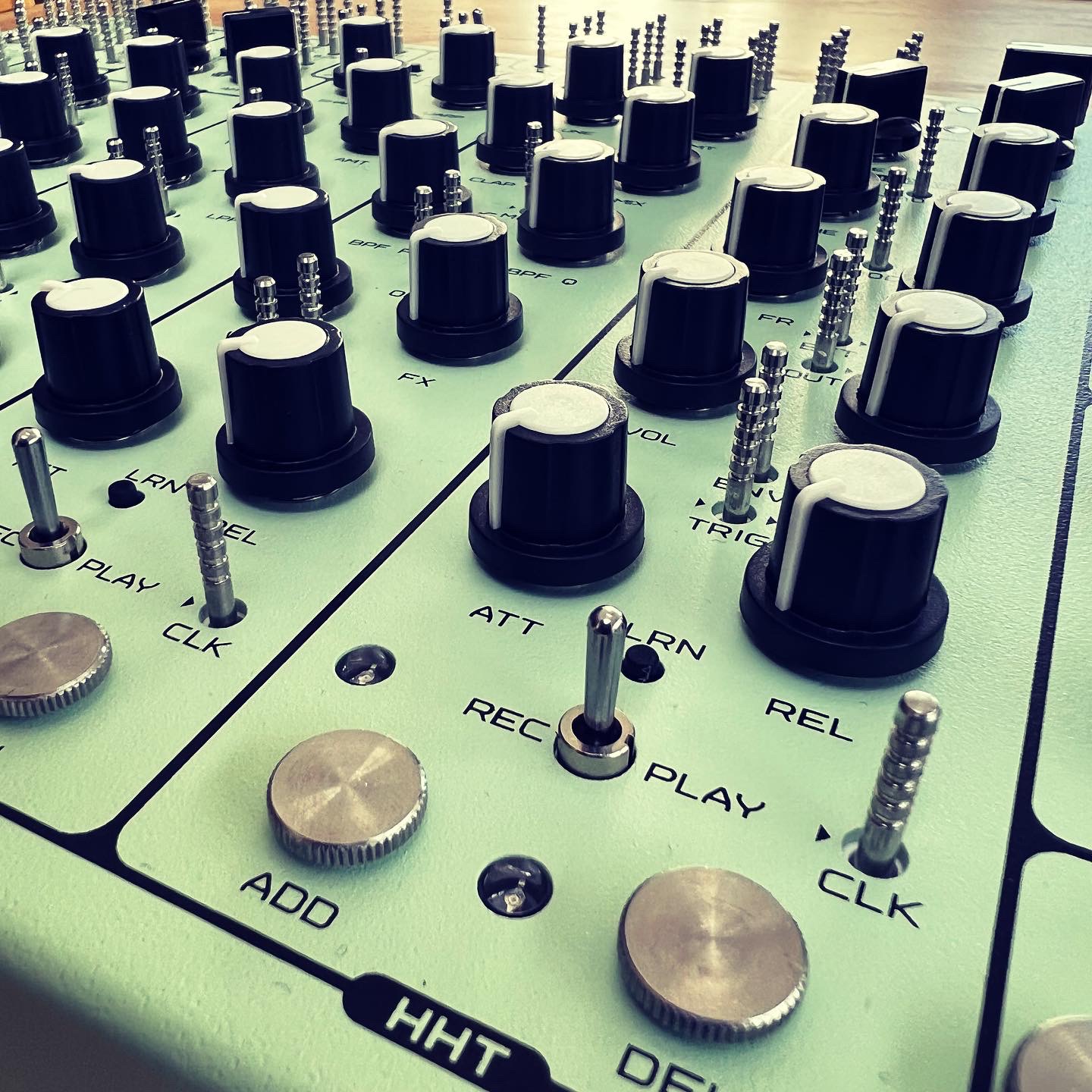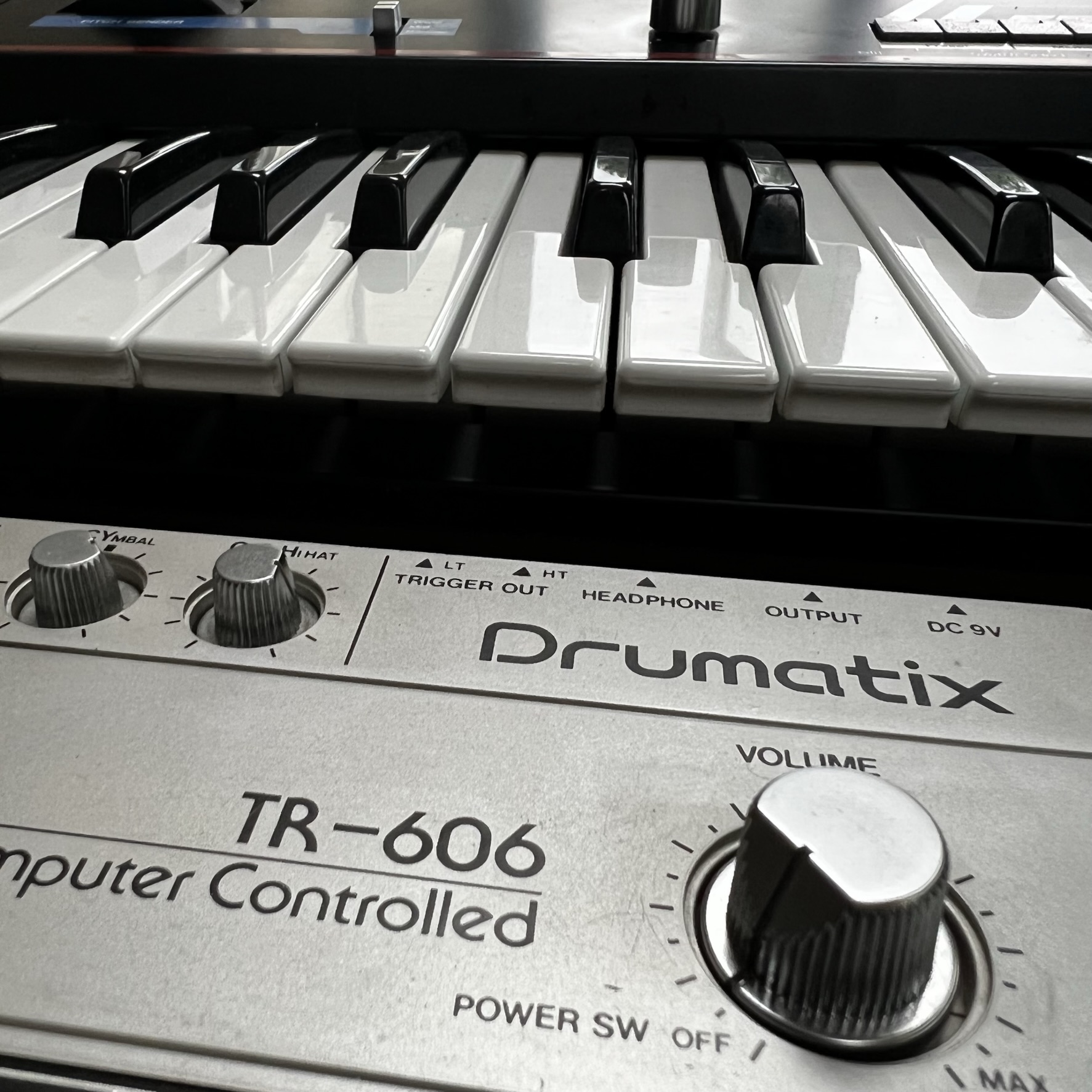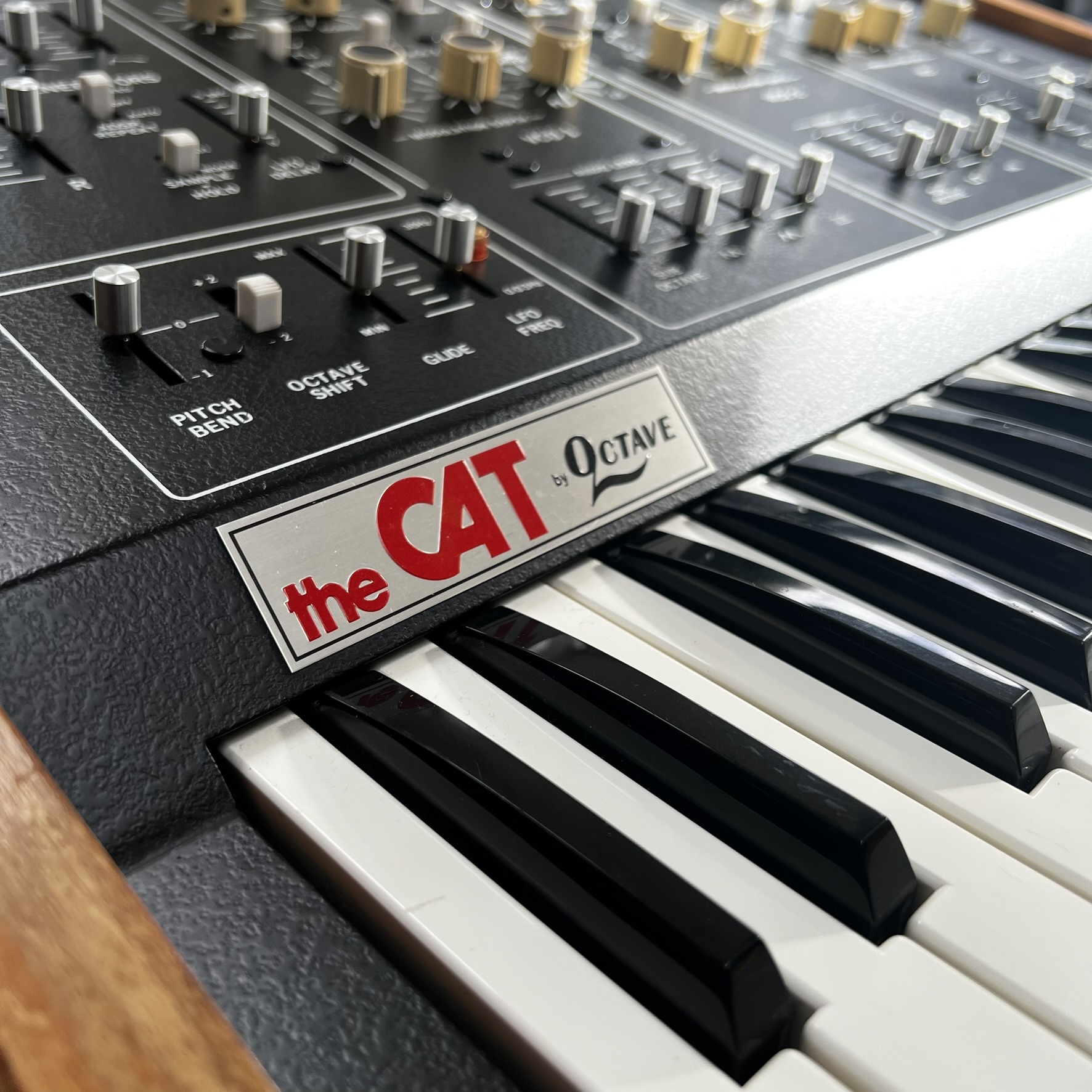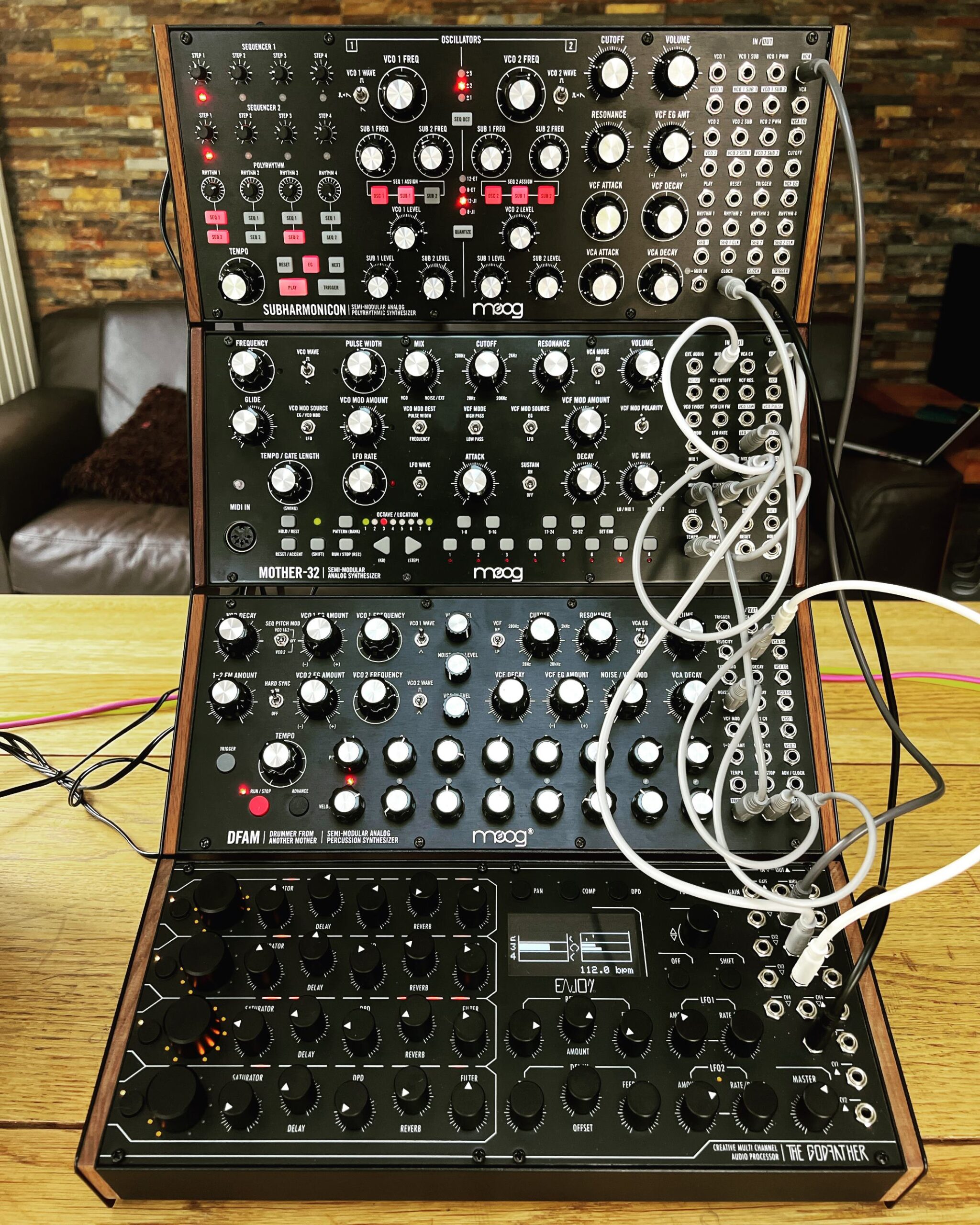1. Favourite knob or fader or switch on a piece of gear and why?
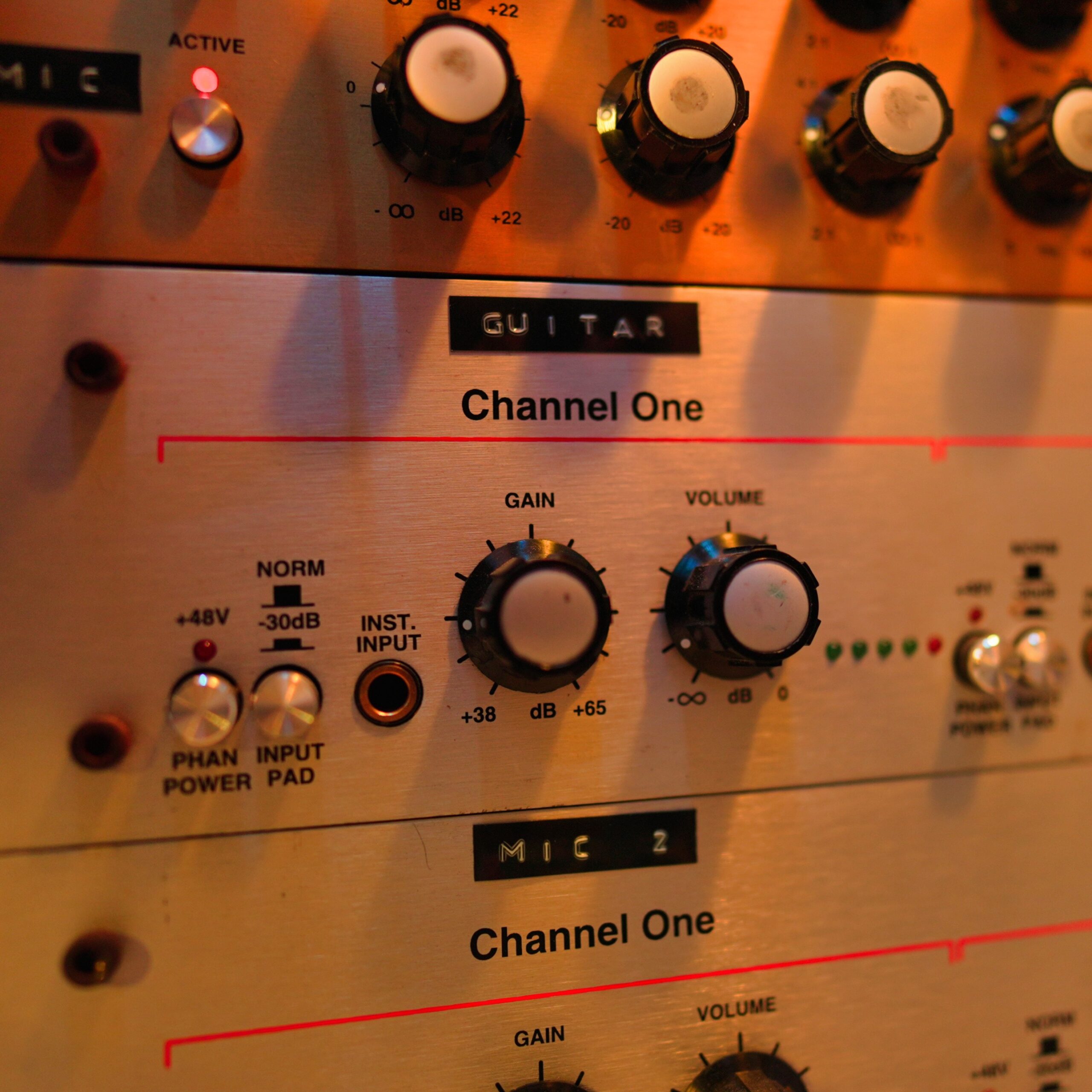
The gain knob on the Bellari RP220 tube preamp is so damn delicious, especially when hooked to a guitar. What you get is the unique crunch of Neutral Milk Hotel’s Aeroplane Over the Sea. It’s a crunch that I’d been looking to emulate and when I read that Robert Schneider (the producer of that album) did not use any guitar pedals and only used the Bellari RP220 preamp (cranked to the max!), I was determined as a dog to get me one. I found one used and it’s been a love affair ever since.
2. Do you have an ‘almost’ perfect bit of kit? What would you change?
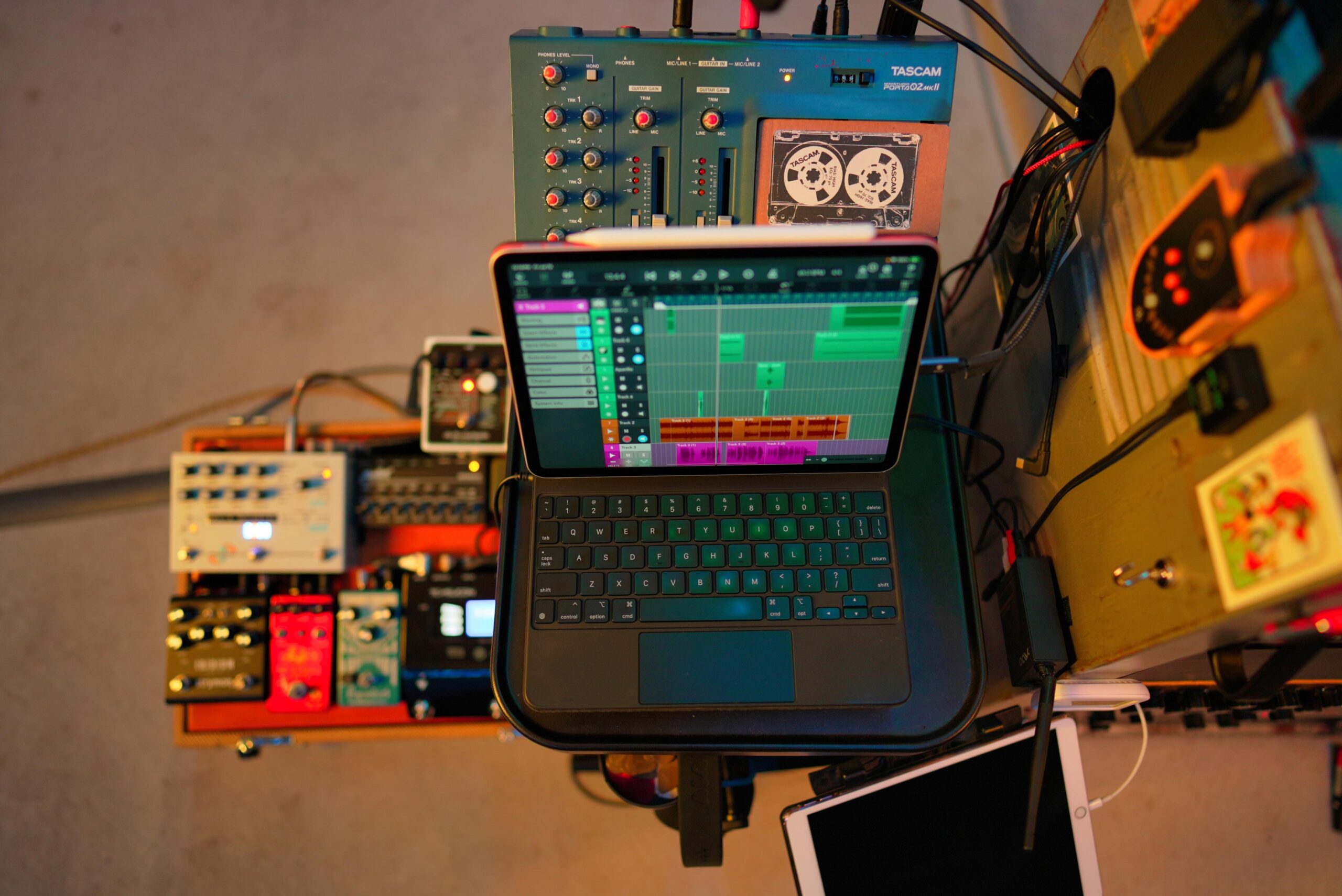
When I had ZERO audio gear, an iPad pro helped me realize sounds that were unavailable to me without hardware (special salute to the independent plugin makers). All I had was an acoustic guitar, a mic, zoom h4 and an iPad (along with affordable plugins). I got so much out of them and being on an iPad didn’t feel like I was on a computer. I still use it for recording, but as my journey rolls on, I have actual hardware that have replaced a lot of the digital plugins.
3. What setup do you bring on holiday or tour or commute etc.?
Lately, I try not to take any music gear to really be present and enjoy the place I am at, but I may sneak one of the Dream Machines (OP-1 Field or the Synthstrom Deluge) and either the ultra portable Martin backpacker guitar or the Screaming Heart guitar.

Another piece of “audio gear” that’s been surprising is an apple watch. Especially as an unobtrusive recorder, it’s been so damn handy to capture ideas and for field recordings (or for recording doctor appointments!). Very handy.
4. What software do you wish was hardware and vice versa?
Music is an escape and I fucking hate computer screens! I write emails and work on a f’n computer all day and when it’s time to go in to the happy place of making music and writing poetry, there’s no better ware than hard-ware.
I collect typewriters, tape recorders (4 track and 2 tracks), analog preamps, guitar pedals, among other earthly tools. Don’t get me wrong, digital stuff is still super cool, but there’s nothing like the tactile feel of making music with an actual instrument. So, in short, I’ve spent my musical career converting all the software tools into hardware.
As a side note, I recently bought a Critter & Guitari Kaleidoloop and I’ve been loving the damn thing. The reason that I mention it, is because it brings both software and hardware together to make this unique tool to capture sounds and mangle them on the spot.
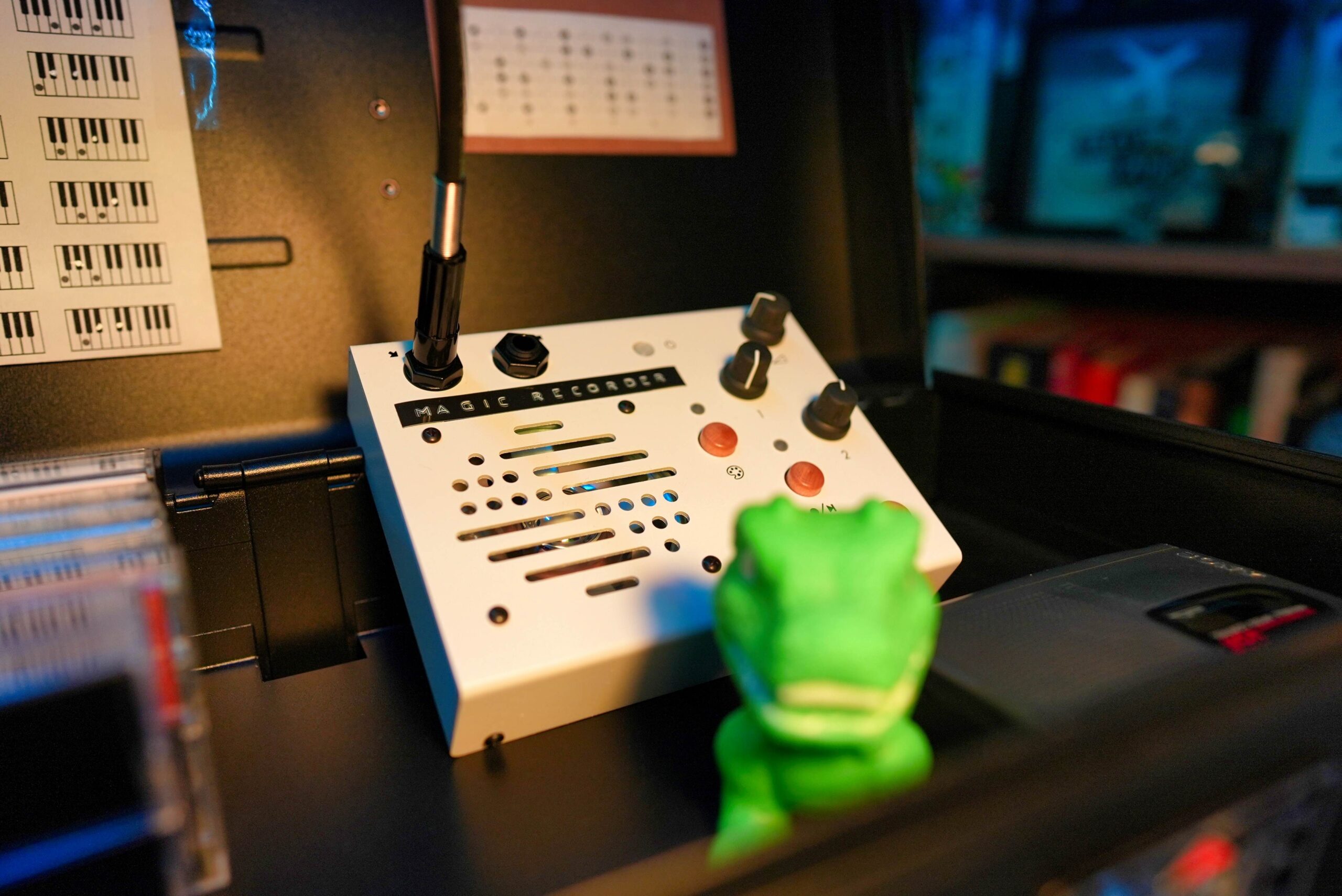
I truly love this time in our lives where hardware creators make these hybrid software/hardware instruments.
5. Is there anything you regret selling… or regret buying?
At a time when I was desperate for money, I sold my OG OP-1 and it felt as if I had sold a friend. Like Tom Hanks losing Wilson. I deeply regretted it.
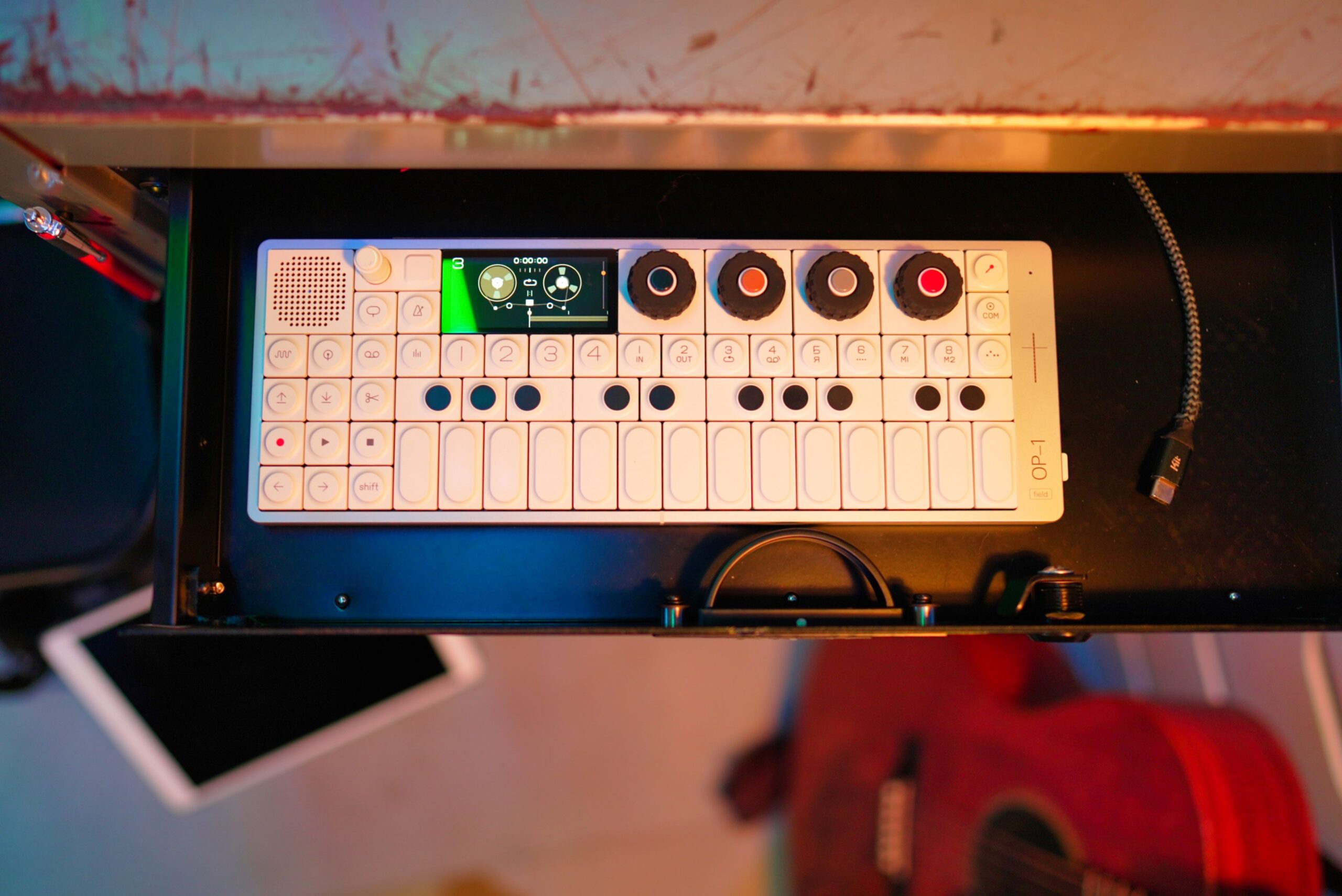
Things got better and I got a new OP-1 field and all the gripes and shortcomings I had with the OG were now fixed and I had a new and improved best friend. And if you’re reading this OG OP-1, I am so damn sorry.
6. What gear has inspired you to produce the most music?
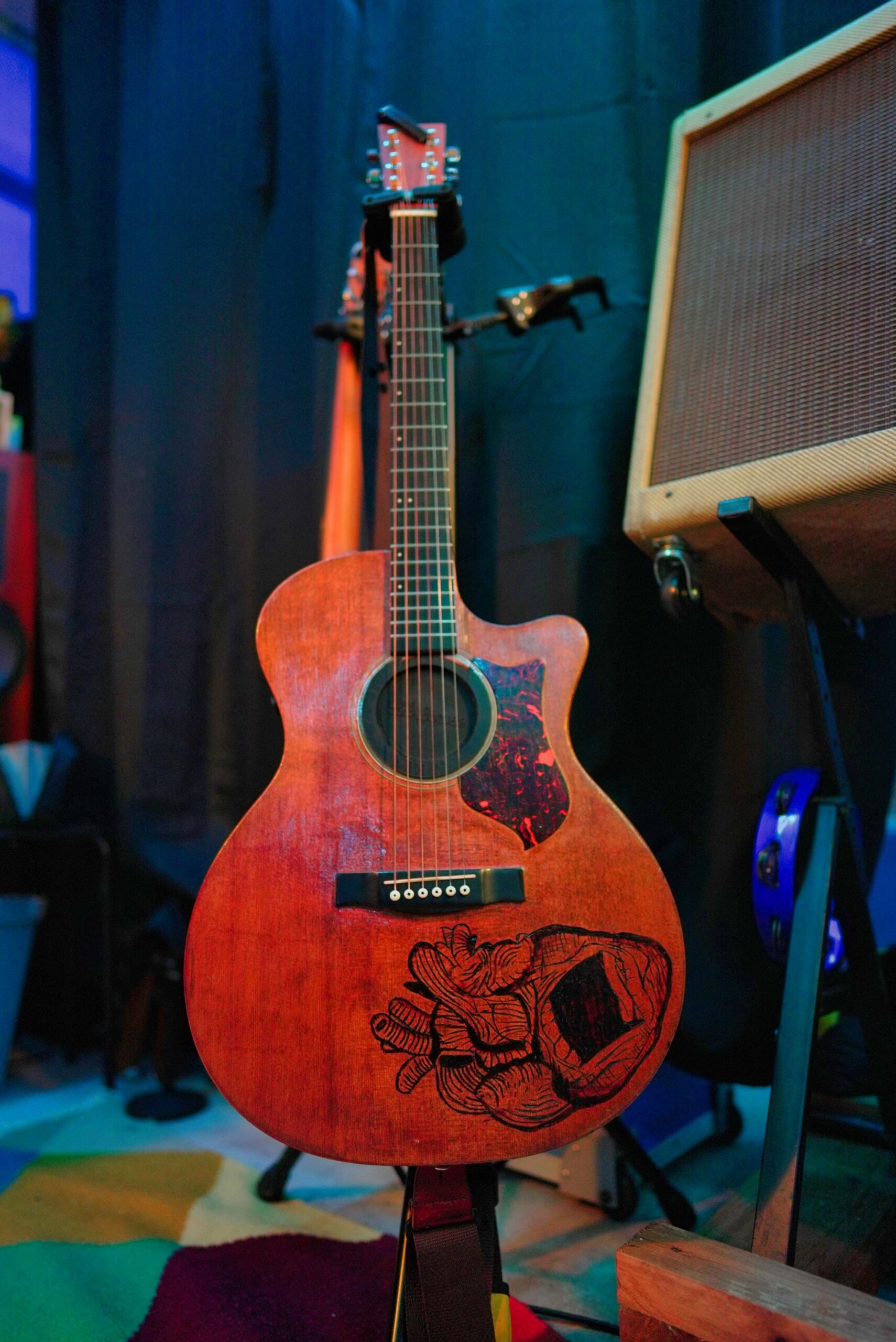
The Screaming Heart Guitar turns feelings into sounds. She’s a beautiful Martin acoustic-electric and can make sadness come alive, fill the room with angst or make a grown man rage with utter hatred against this cruel world. It is majestic.
7. If you had to start over, what would you get first?
Another Martin acoustic-electric guitar.
8. What’s the most annoying piece of gear you have, that you just can’t live without?
The Synthstrom Deluge. It is so beautifully annoying.
It is a magic machine that is both simple and complex. It is a tactile piano roll that is ready to work at the drop of a hat.
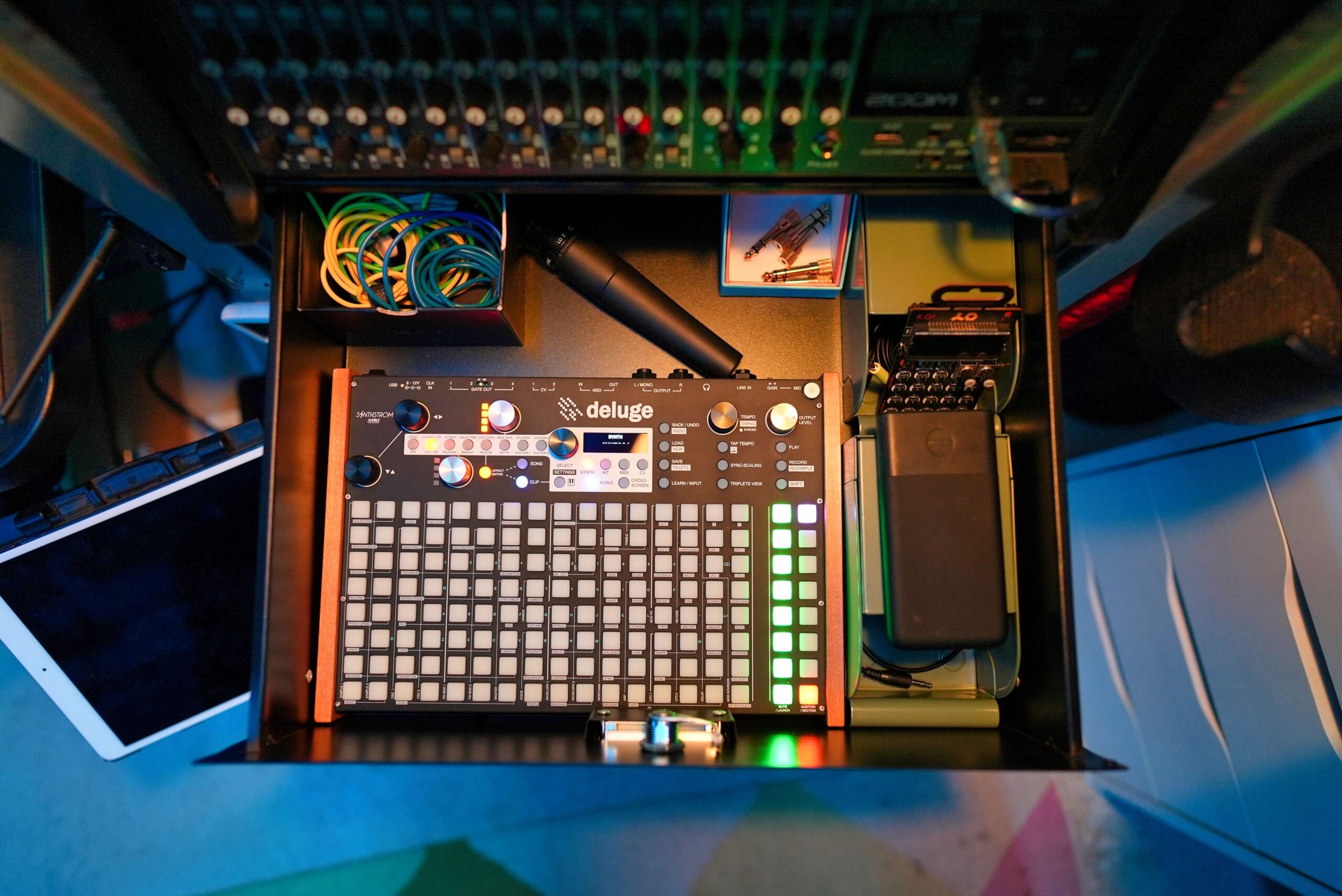
What is annoying is my ambition to put in my favorite sampled instruments and make it my go-to instrument that’ll help me create at the speed of thought. A feat that is yet to flourish, but will one day. You’ll see Martin!
When I first saw (21 years ago) how Robert Rodriguez made music for his movies (https://youtu.be/c9-R6Fgzi9c?t=175) I was hooked, now I can achieve this in a super tiny and portable music machine.
9. Most surprising tip or trick or technique that you’ve discovered about a bit of kit?
I am floored by how cool the compressor sounds on vocals. I have a Bellari Dual Tube Compressor and the sound is magical (paired with the Bellari preamp). The compressor and I are yet to be besties, but every time we work together it is an adventure filled with joy.
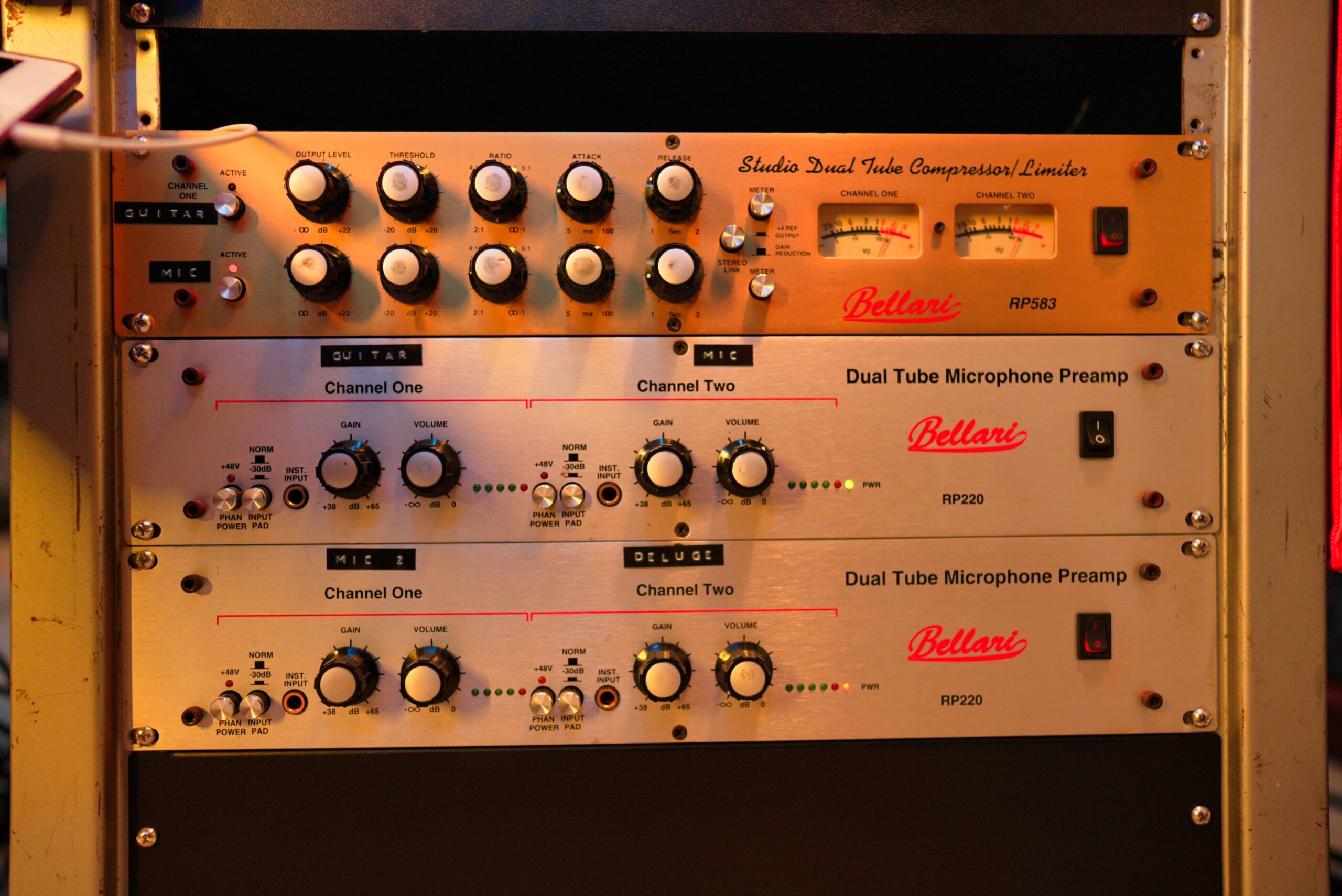
Side note: I always had a compressor plugin that works well, but my goal is to get real-time effects (without computers).
Artist or Band name?
Ricky Mendoza on streaming platforms and when performing live we go by Ricky Mendoza and the Screaming Hearts Collective.
Genre?
Folk-Punk
Selfie?
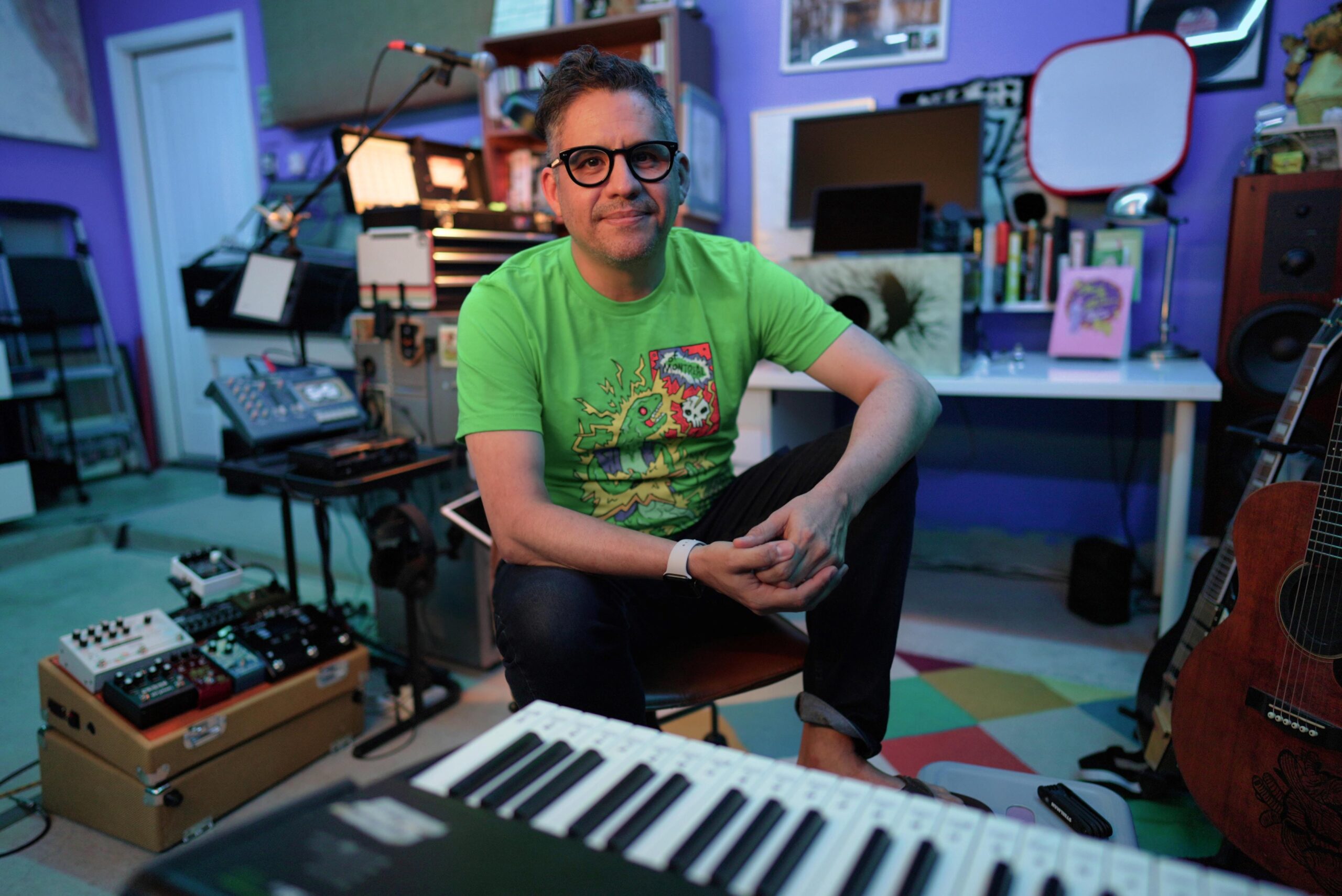
Where are you from?
From the border between Mexico (Coahuila) and Texas (United States). Got the best of both worlds. Currently reside in Austin, Texas.
How did you get into music?
At 35, I was at low point in my life. I was getting a divorce and my passion (up to this point) was making independent films (I had made 2 films). So, I had no more money (making movies was an expensive hobby) and I had all the time in the world, so I bought a guitar and decided to learn how to sing and play guitar at the same time. Thanks to the wonders of ultimate guitar (the website), I learned some chords and some punk songs. As time went on I discovered a sort of a “fraud”.
The “fraud” was that many of my favorite songs used the same chords that other songs used (and many of them used the same chord structures). This was a huge revelation to me.
I had also read that the most popular songs in the world were written in the key of C and G. This simplified things even more for me.
At that time, I had begun to write poetry and one day, in my small apartment a chord structure started playing in my head. As I was playing the chords with the guitar, I sang the words in melody and like magic, I had invented a song.
I couldn’t believe it. In one sitting and in about 4 hours of work, I had a song. In contrast, each of our independent films had taken about 4 years to make. I was stunned and it was a glimmer of light in those dark times.
I began making more and more songs and that has snowballed into 3 full-length albums, tons of of live shows and collaborating with some amazing humans along the way. It’s been 12 years now and it’s been an incredible journey so far.
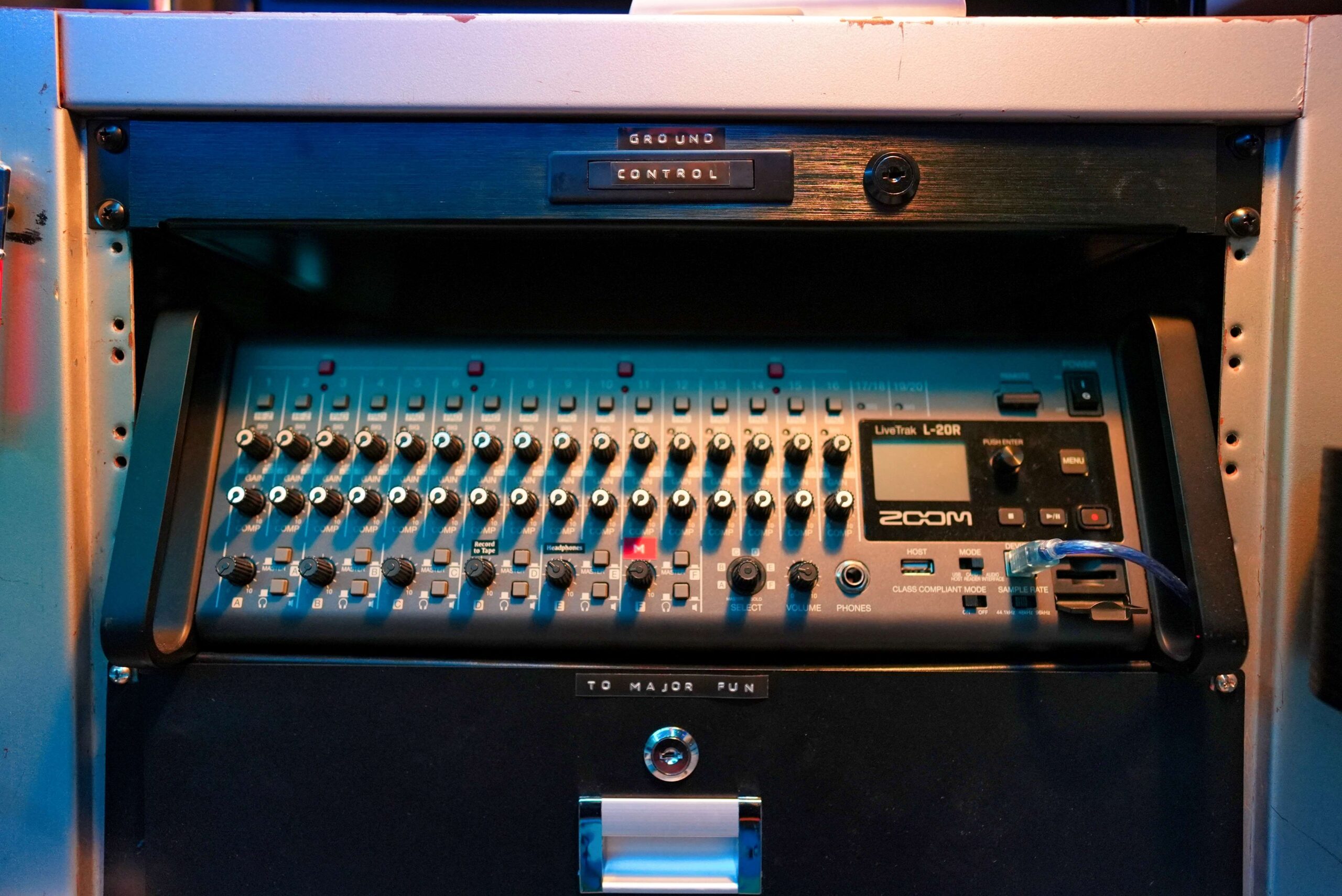
What still drives you to make music?
Music is life and there is no life without music. It sounds cheesy, but there’s no way around it.
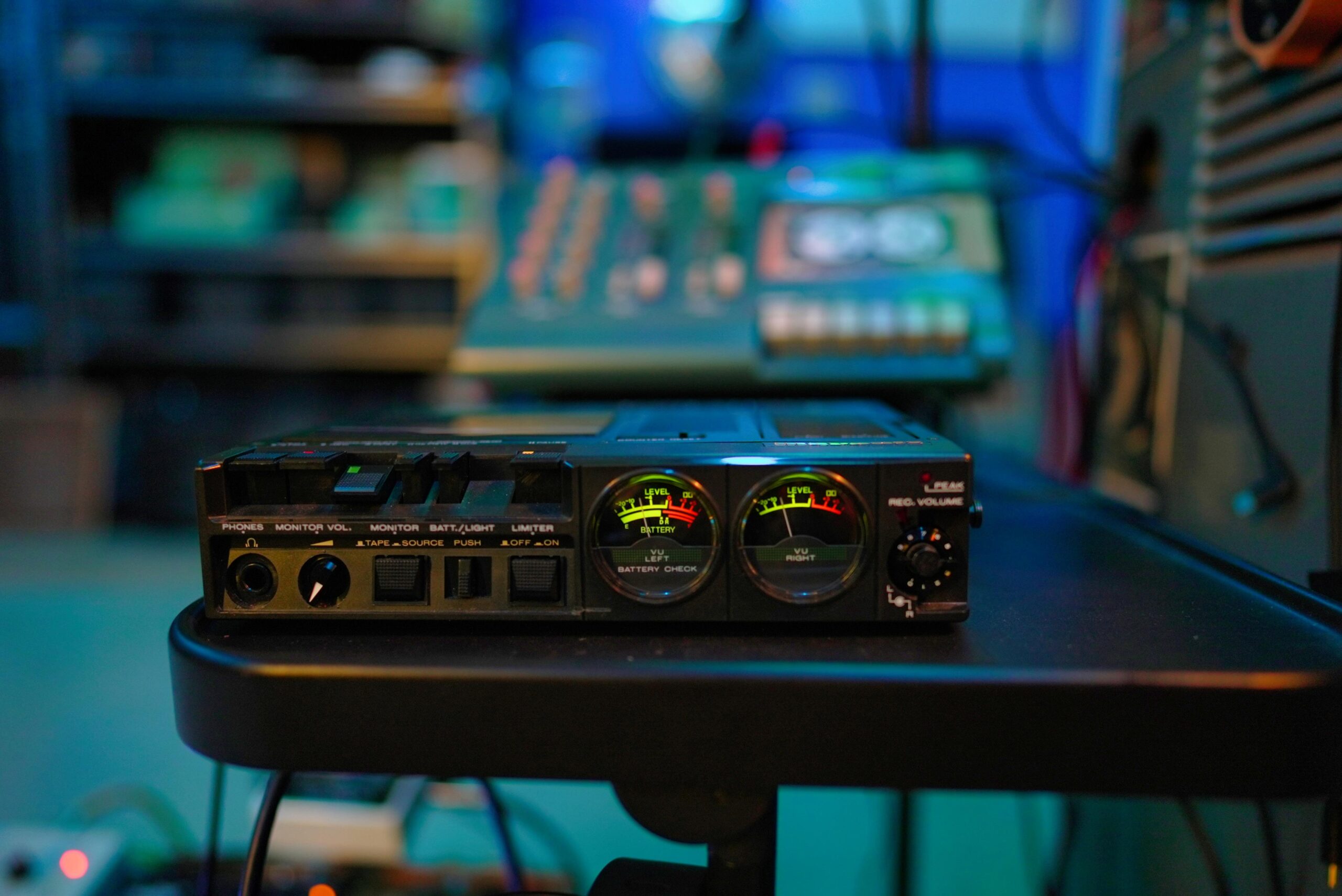
Even though my genre is Folk-Punk, I love making ambient music. As a kid I loved movies so damn much that I would buy the soundtrack to a film to continue the experience into my daily life.
These days, I’ll turn on my music machines and just get lost in drones, in ethereal sounds and just play (no recording). Just like the thousands of meaningful conversations we’ve all had with our loved ones, it’s a deep connection, I feel like I’m connecting with myself at a very deep level when I play.
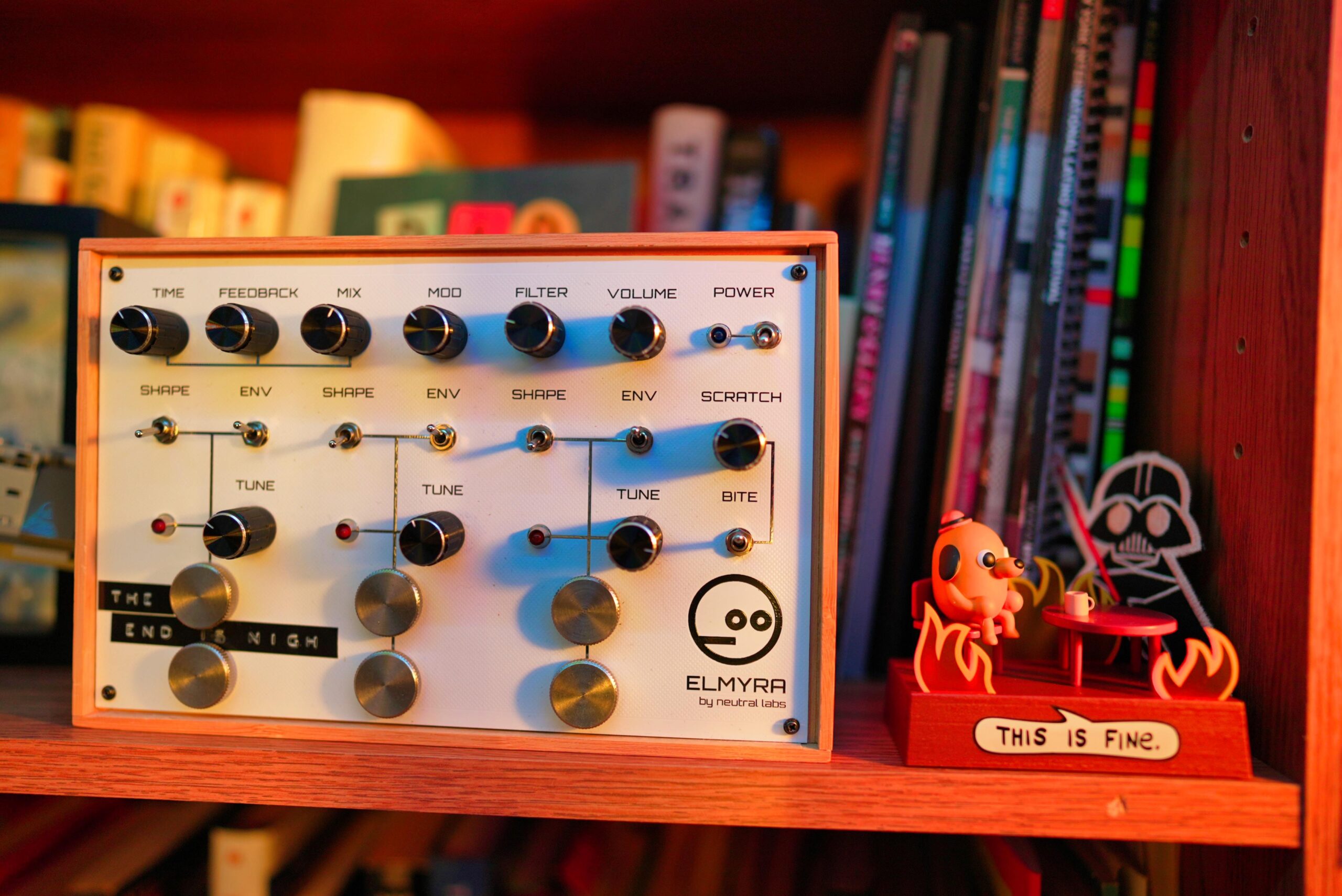
It sounds pretentious, but here’s the practical reason: Some days are just too damn rough for me. Sometimes I’m really overwhelmed with juggling everything that has to do with life (work, business, family, etc) and having a space where I can just go in and play music for the fun of it is so damn stress relieving. It really is therapy for me.
How do you most often start a new track?
If I’m playing guitar and there’s something that excites me, whether it be a riff or a chord progression, I’d get my most recent poems and start joining the words with the music. Most of the time, the tracks won’t work but I don’t judge. I just let it happen, record the track on my voice notes app and let it sit there for a night.
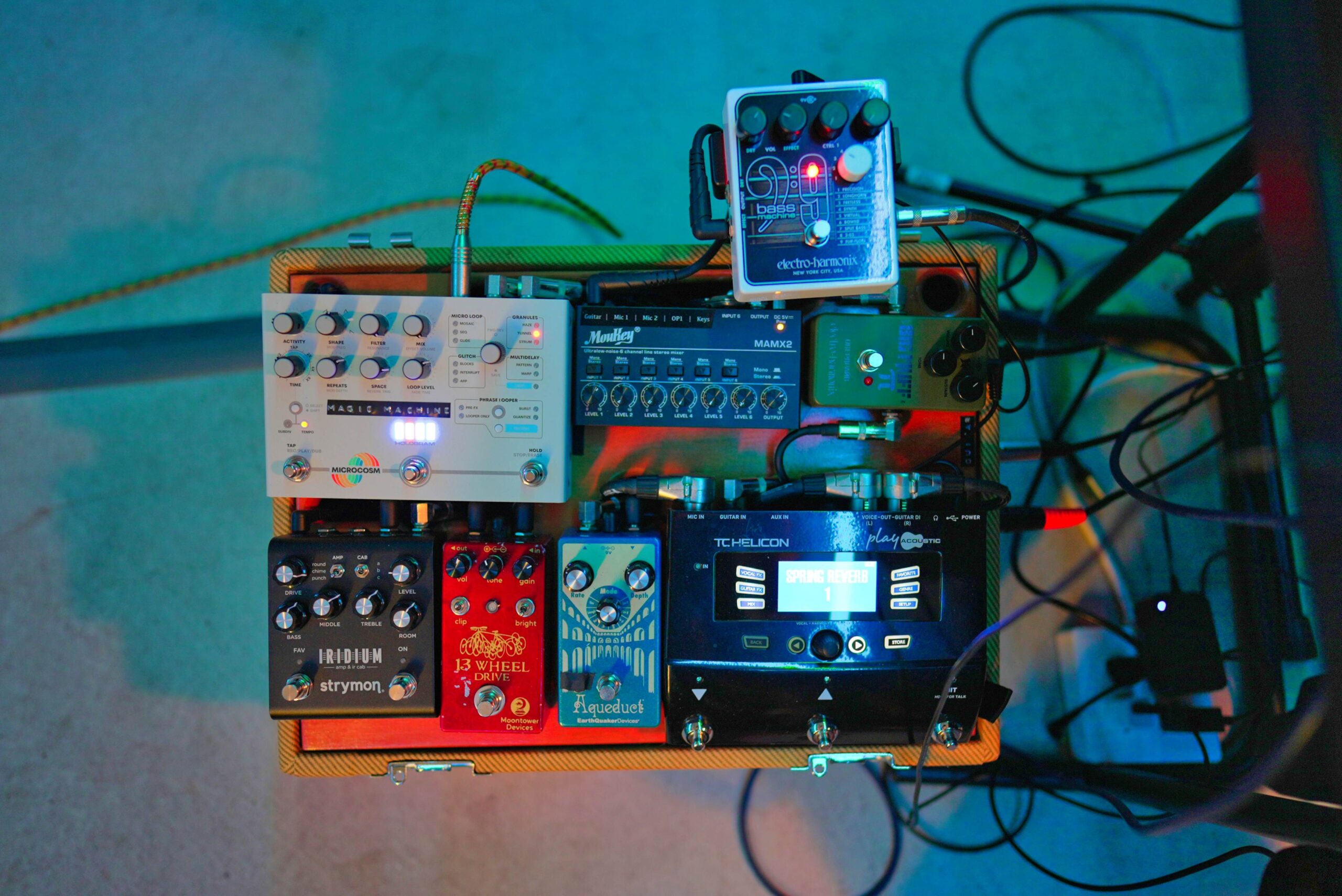
I come back the next day, listen and if it excites me, I’ll develop the tune. Otherwise it’ll go into the sea of archives.
How do you know when a track is finished?
Until satisfaction levels are at 100. But it’s interesting (with the passing of time) to hear something that was done in the past and think, “I could’ve done better”. I try not to judge too harshly because as time passes, I’m a different person with a lot more knowledge and more experience so it is very unfair to judge my past self like that.
I like to think of my past work as a diary and to be proud of the work that I could (to the best of my abilities).
My main goal is to make the music that I wish my favorite artists could make if they were me. And since, they’re not, I have to make that music myself but still honor how my favorite songs sound and try to capture that sprit.
Show us your current studio
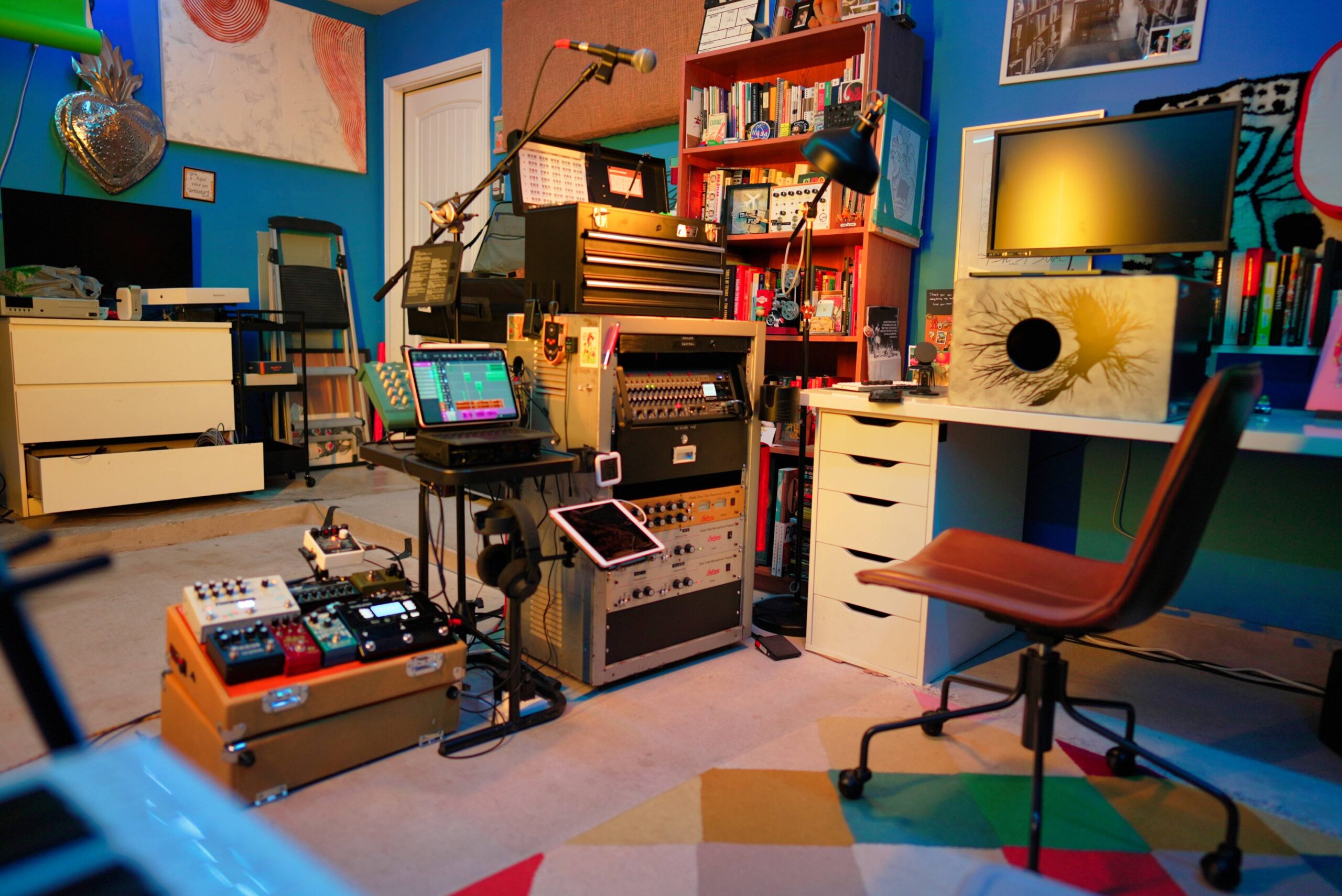
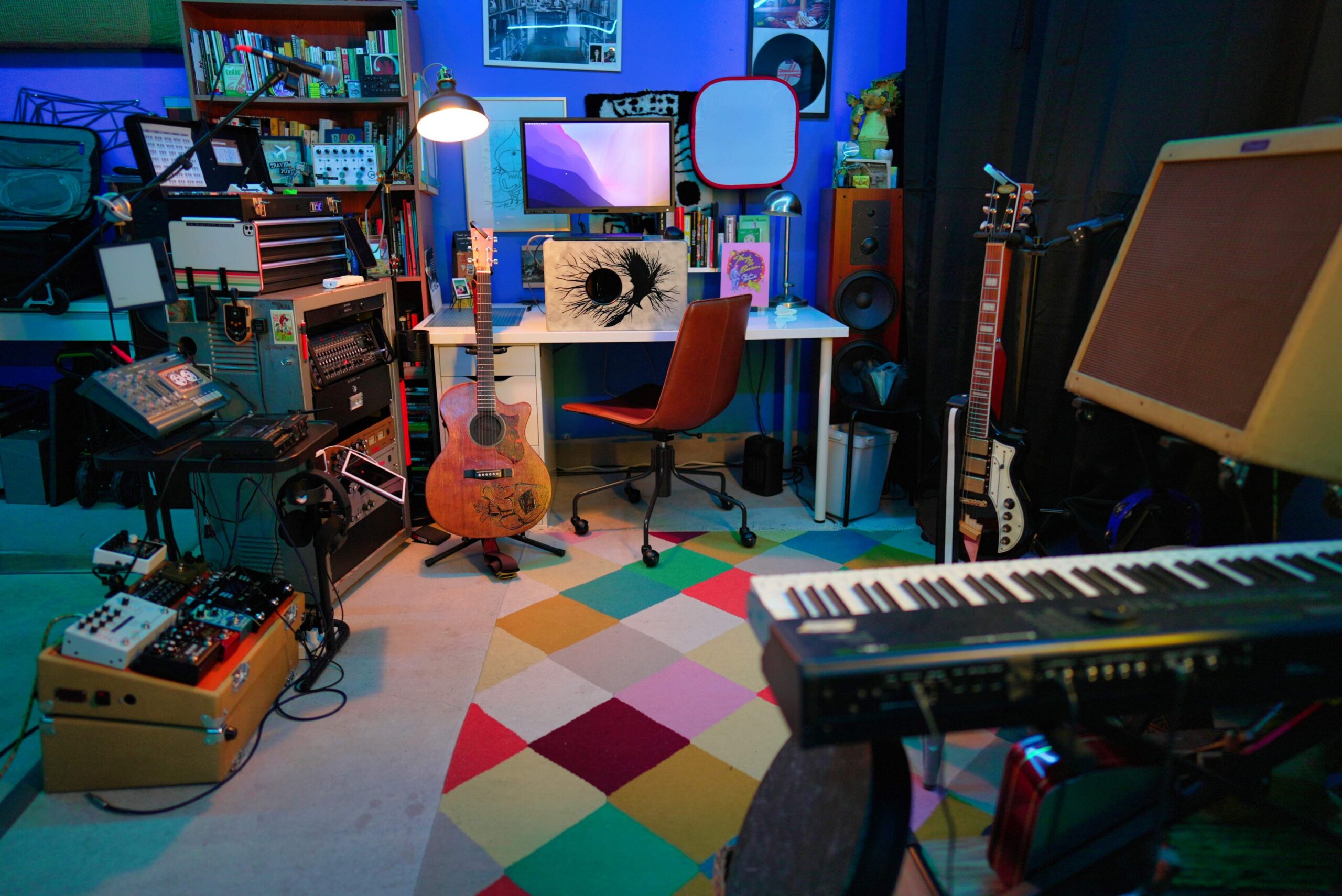
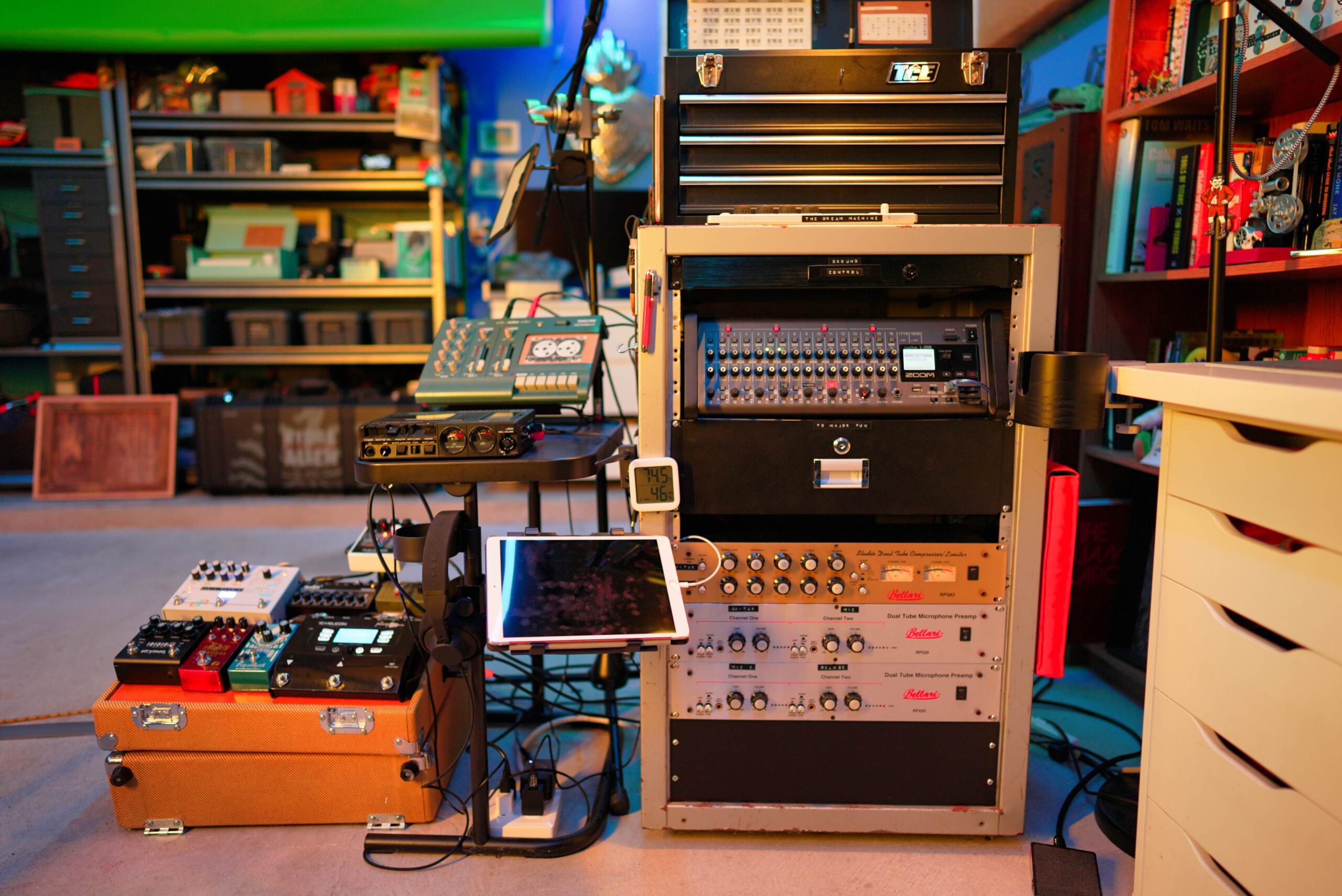
Best creative advice that you’ve ever heard?
I’ve made little labels all over my office that read “Don’t think. Feel.” This is from the legendary writer Ray Bradbury, who had this sign over his typewriter
(https://www.youtube.com/shorts/ij8ziAN5pTU).

Another label I have around the office is “surrender control”. This is from author Michael Singer. I’ve been learning to be part of life and try not to control every damn thing. It’s a struggle but that’s where I’m at.
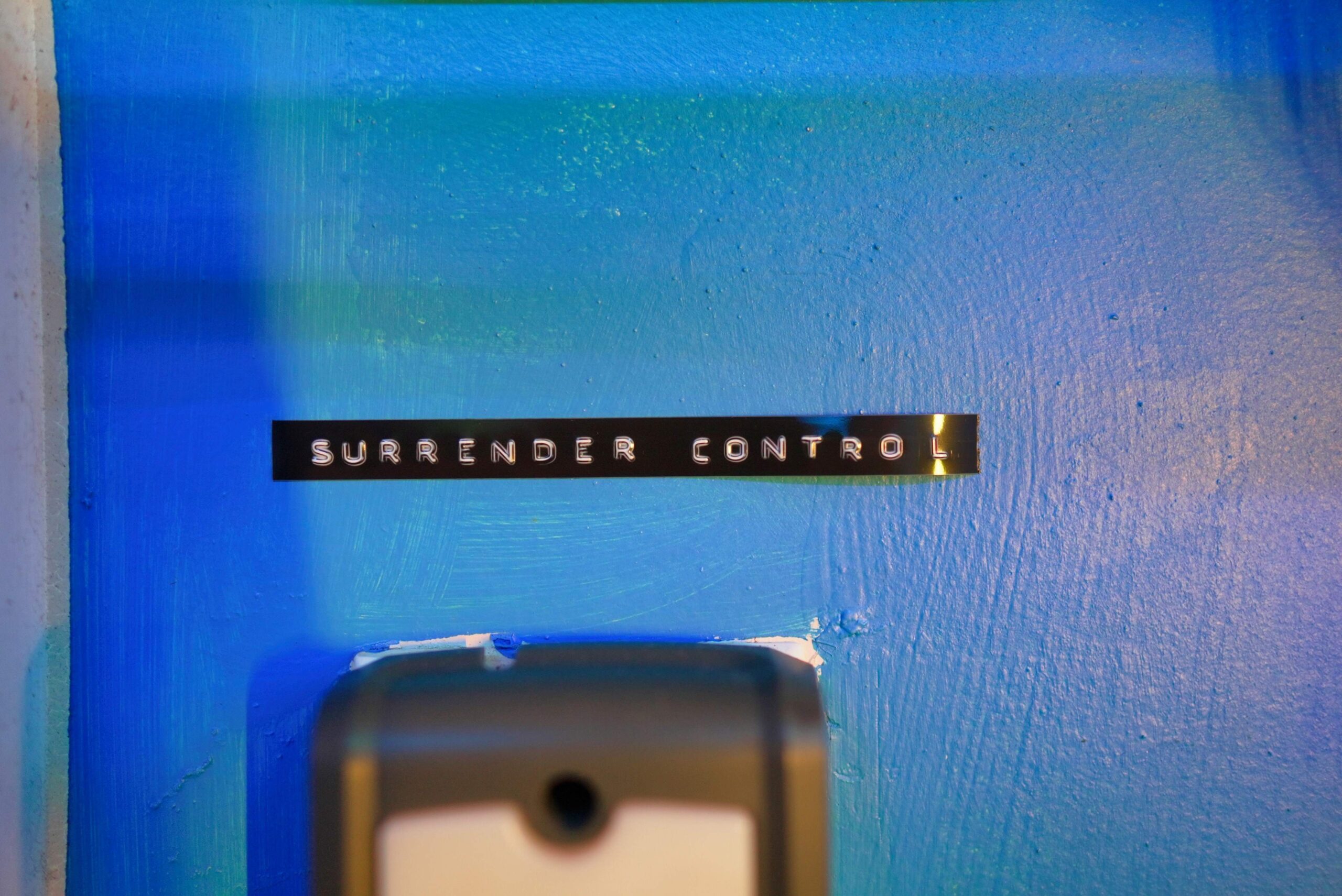
Promote your latest thing… Go ahead, throw us a link.
The latest record is called THE NEW HURT and it’s a 32 minute trip you won’t forget. It’s got songs about emotional breakdowns, rough sex, death and journeys into the unknown.
Take a listen and if you like it please add it to your favorite playlist (it helps a lot).
You can listen or watch the music videos here: rickym.org
